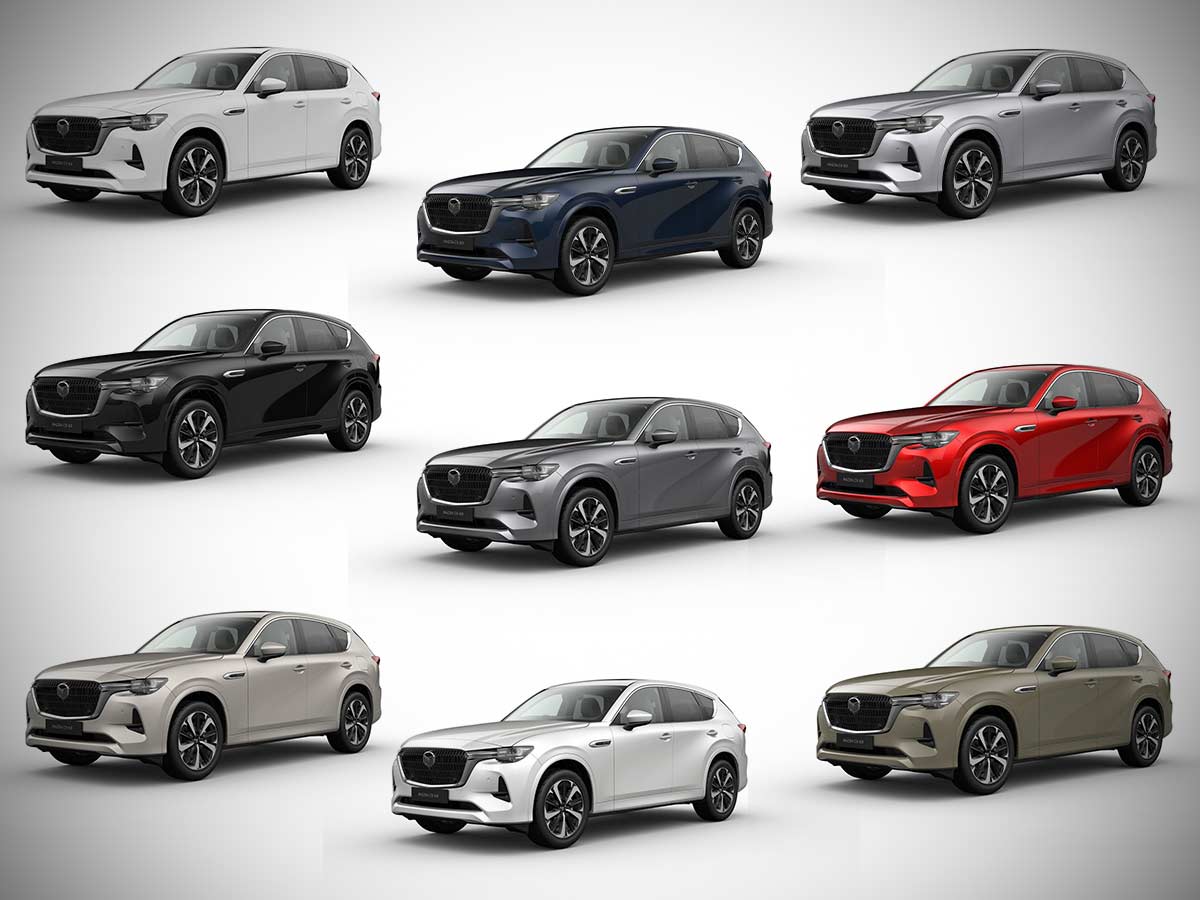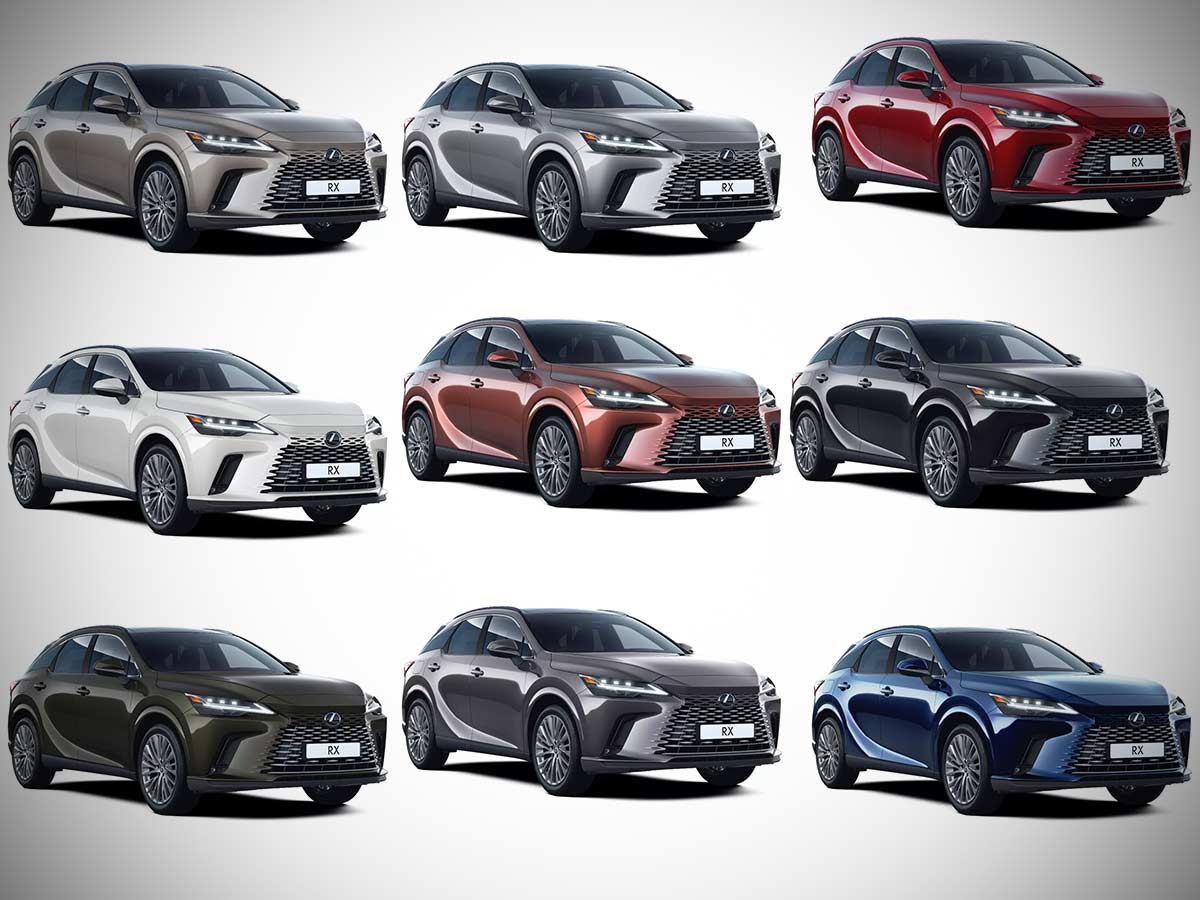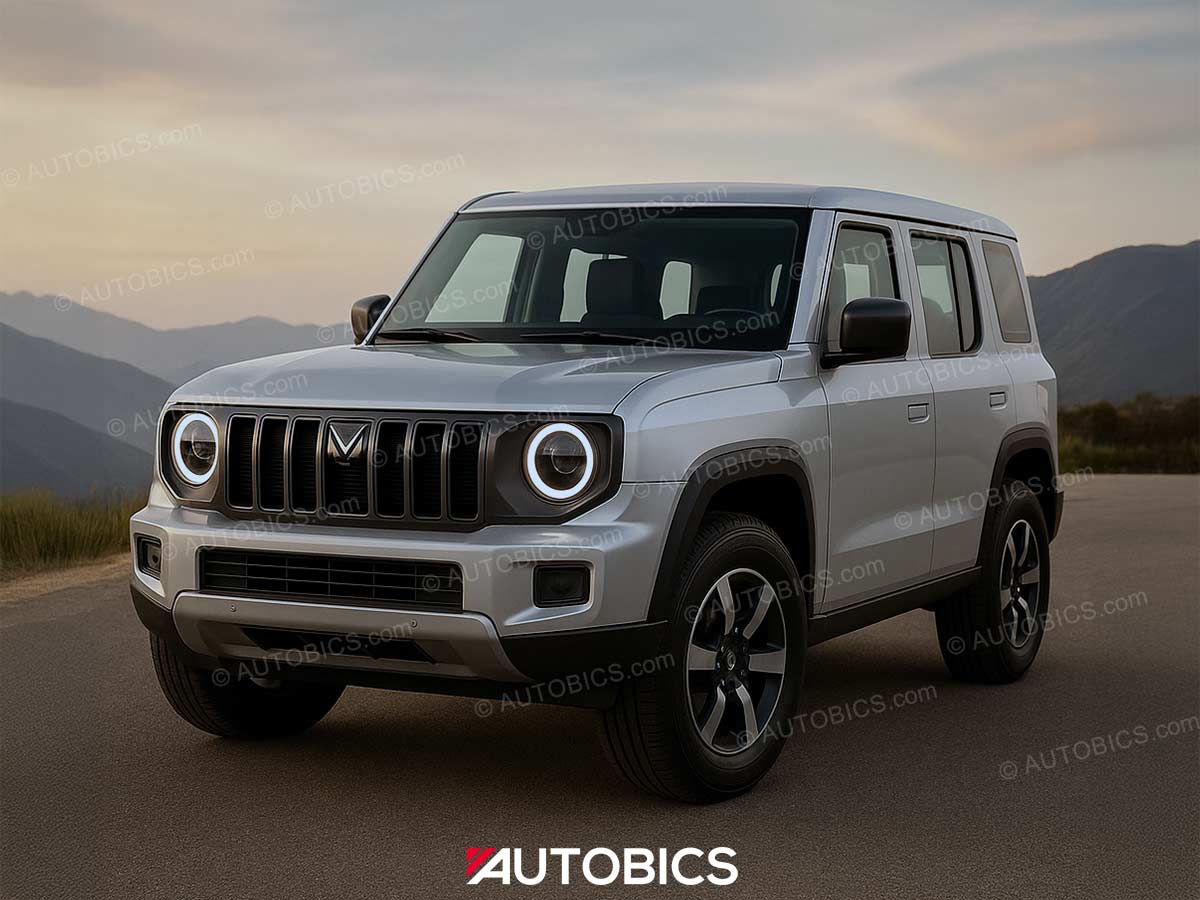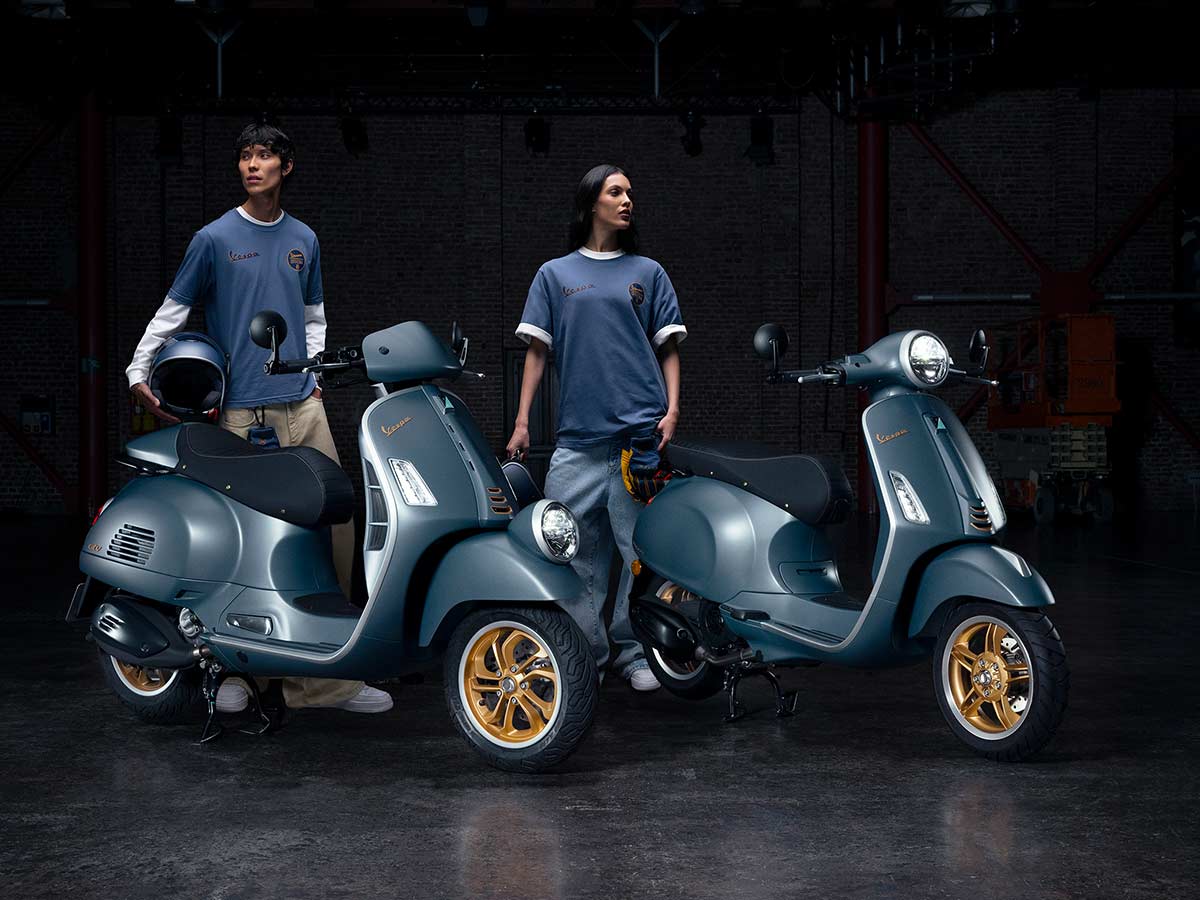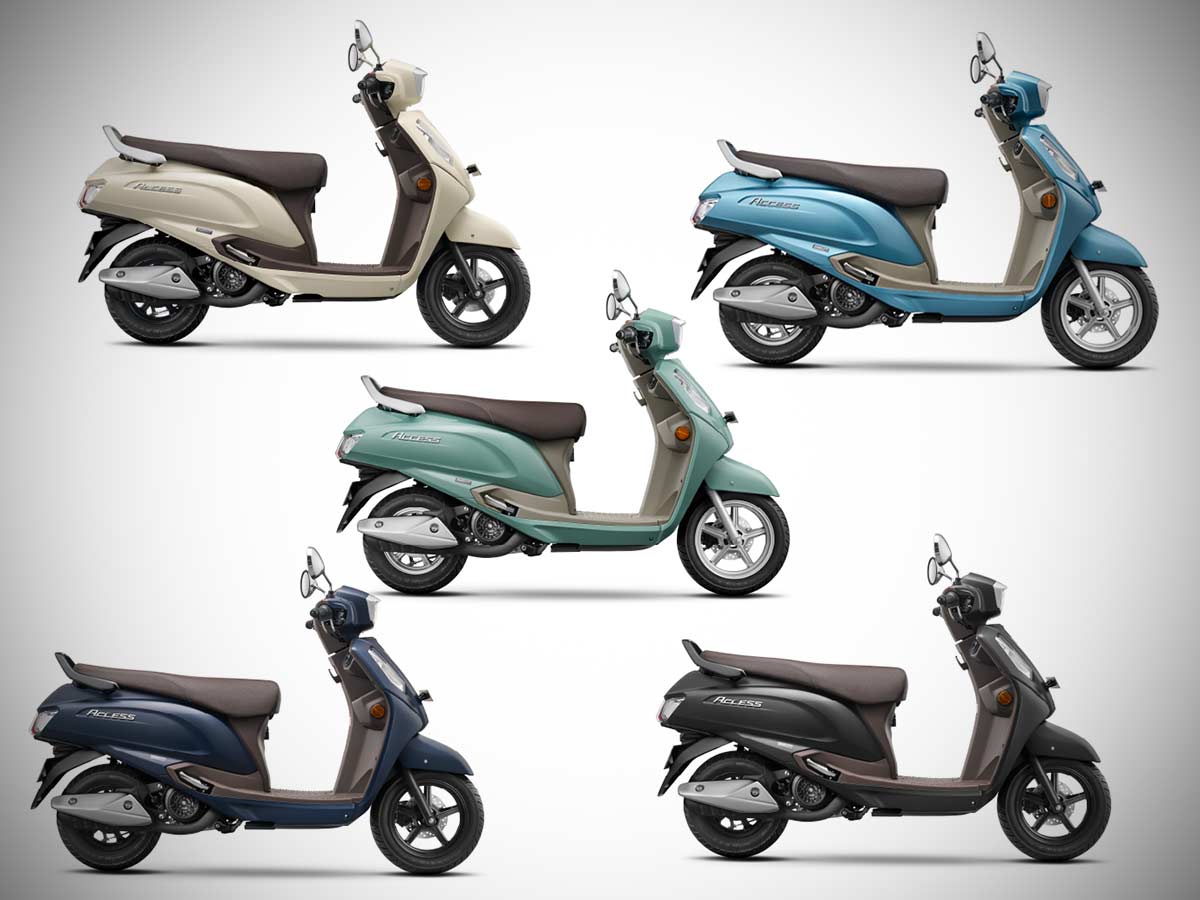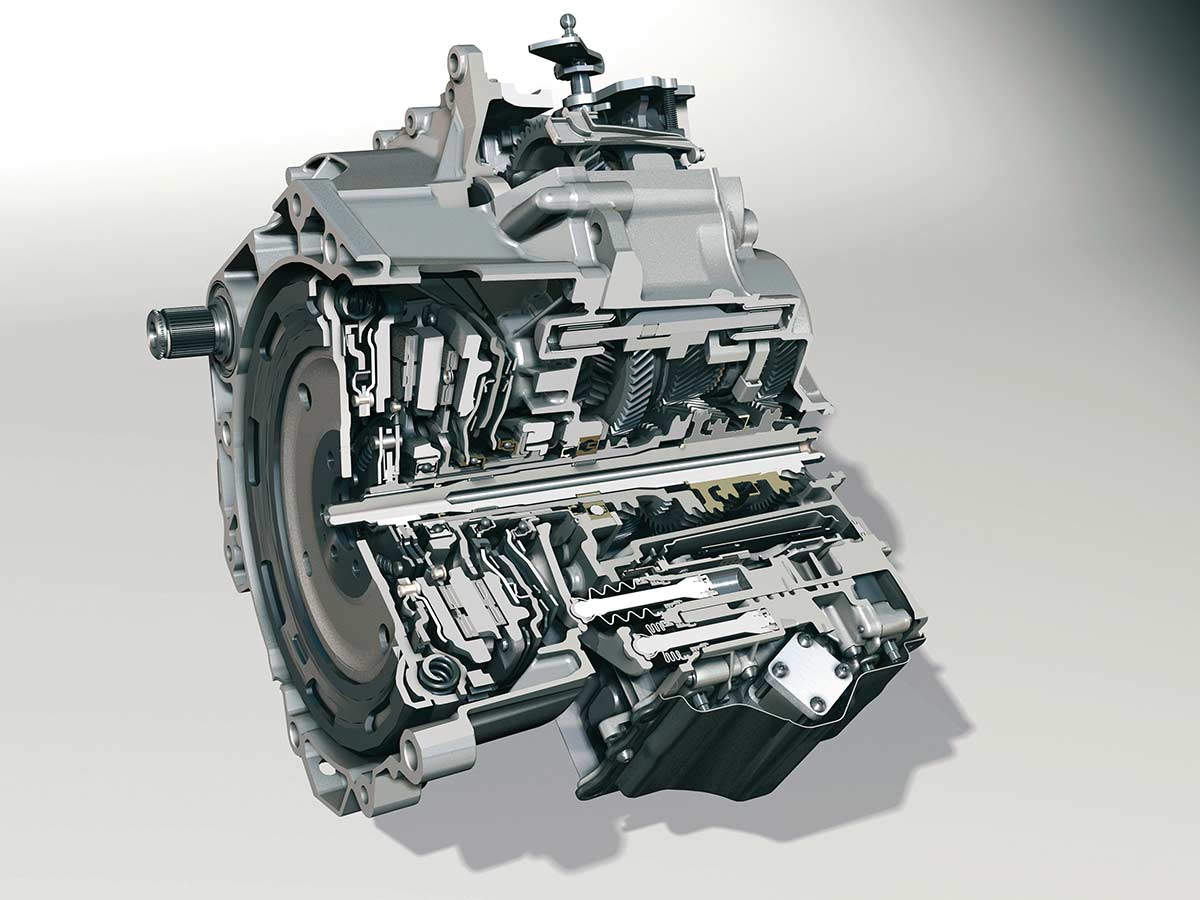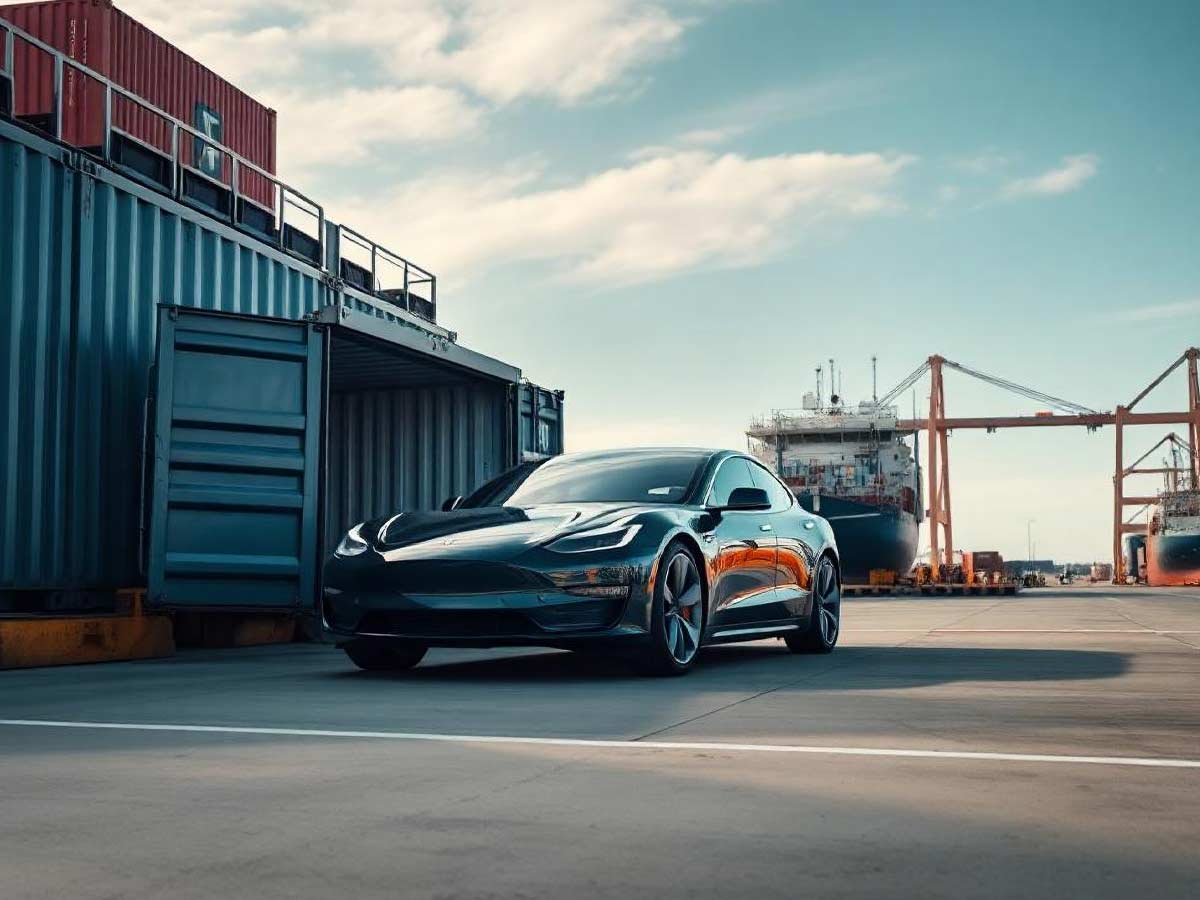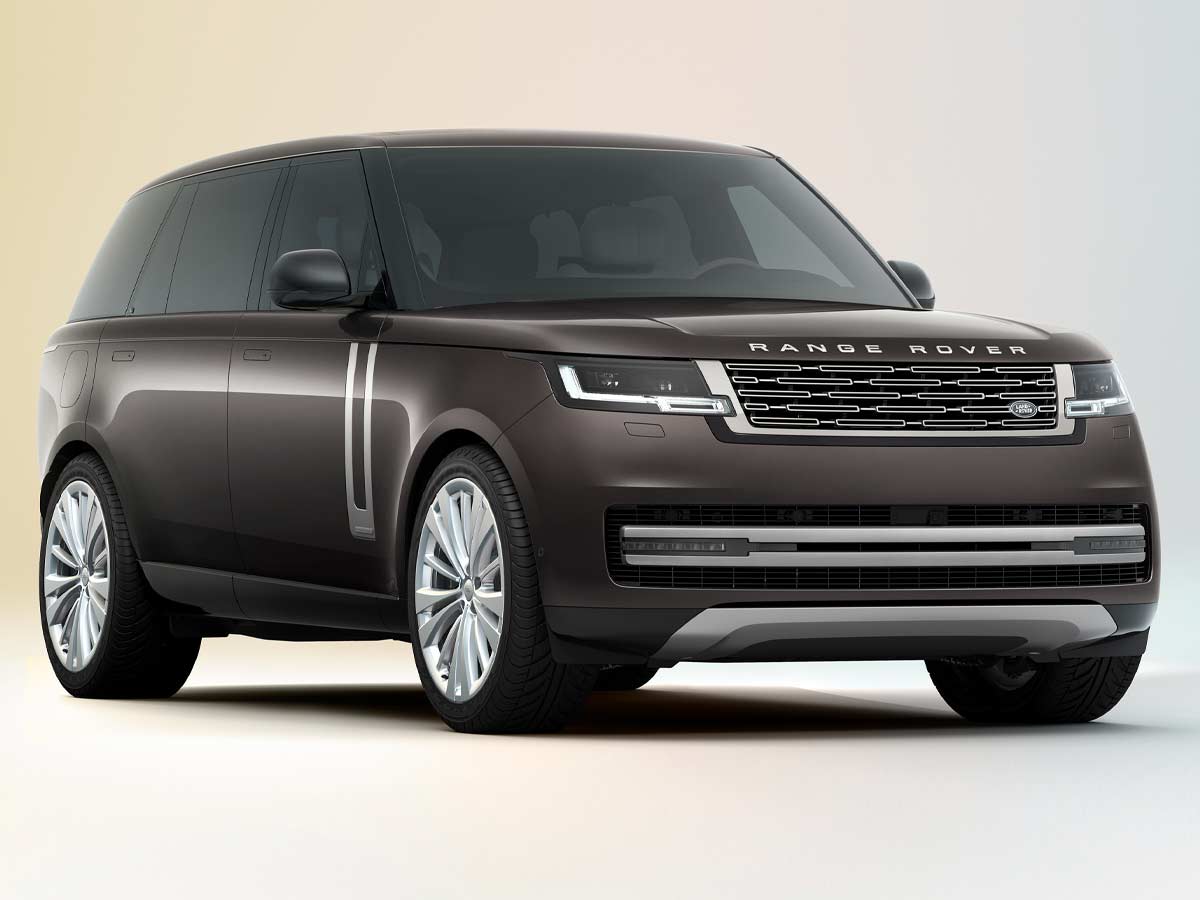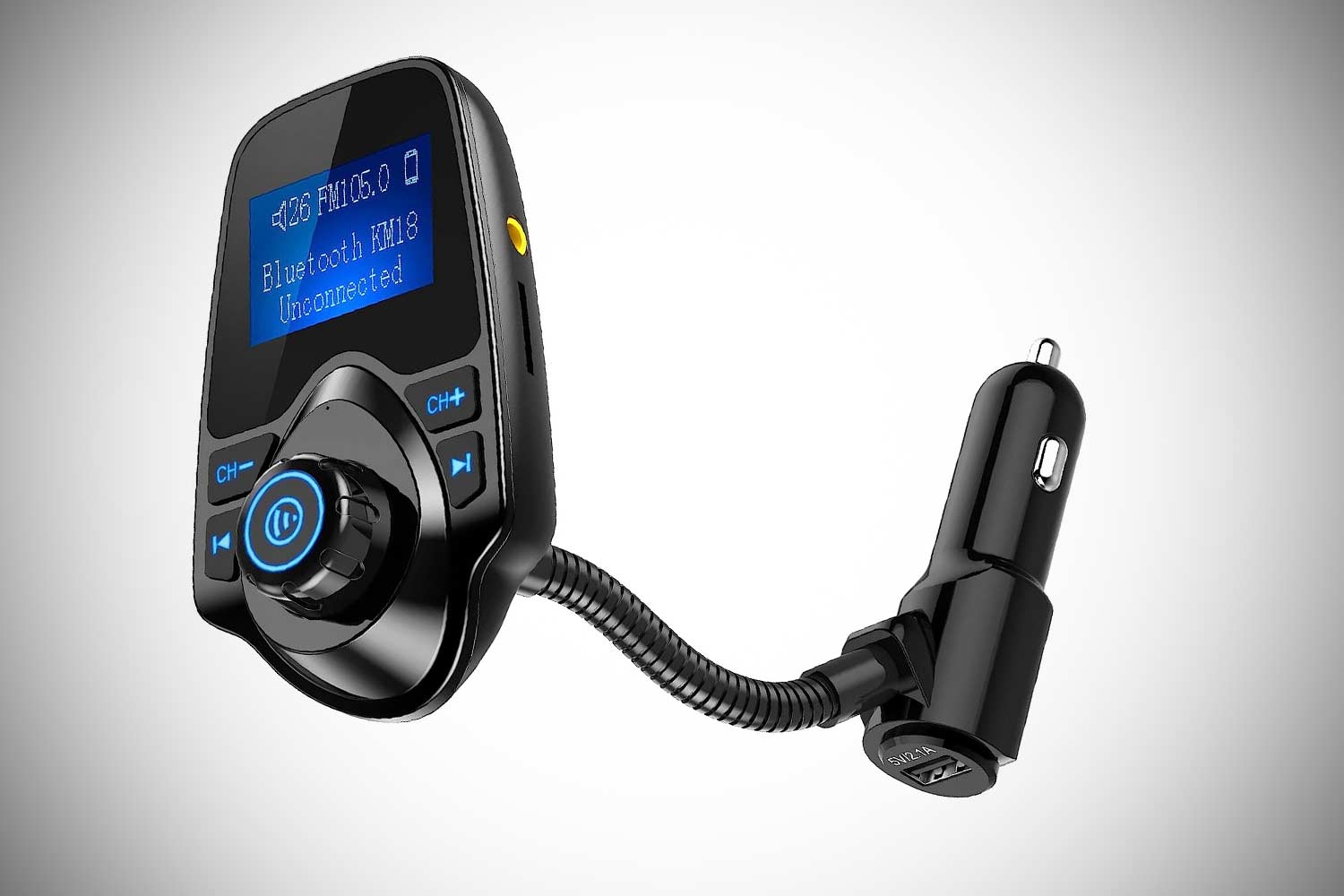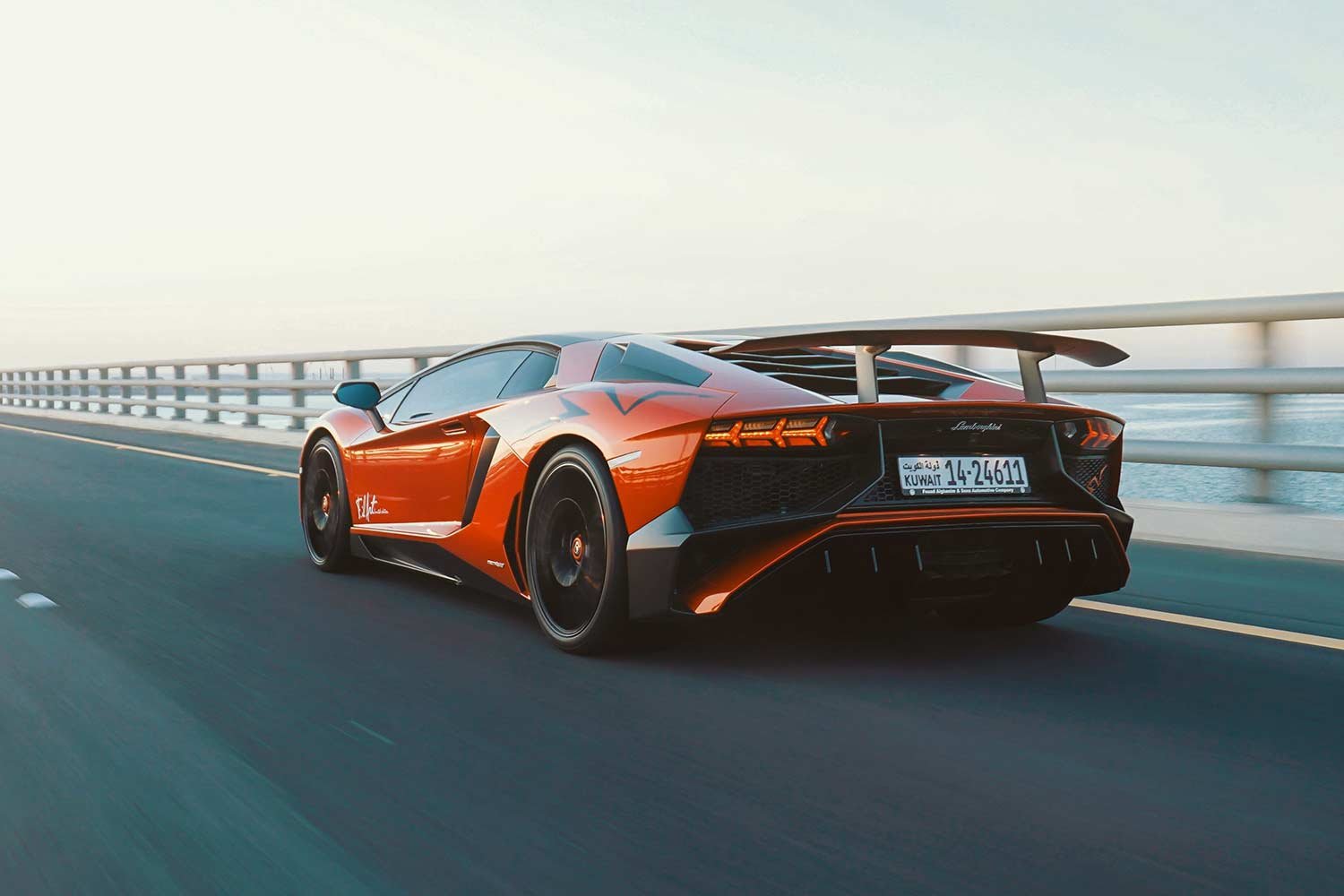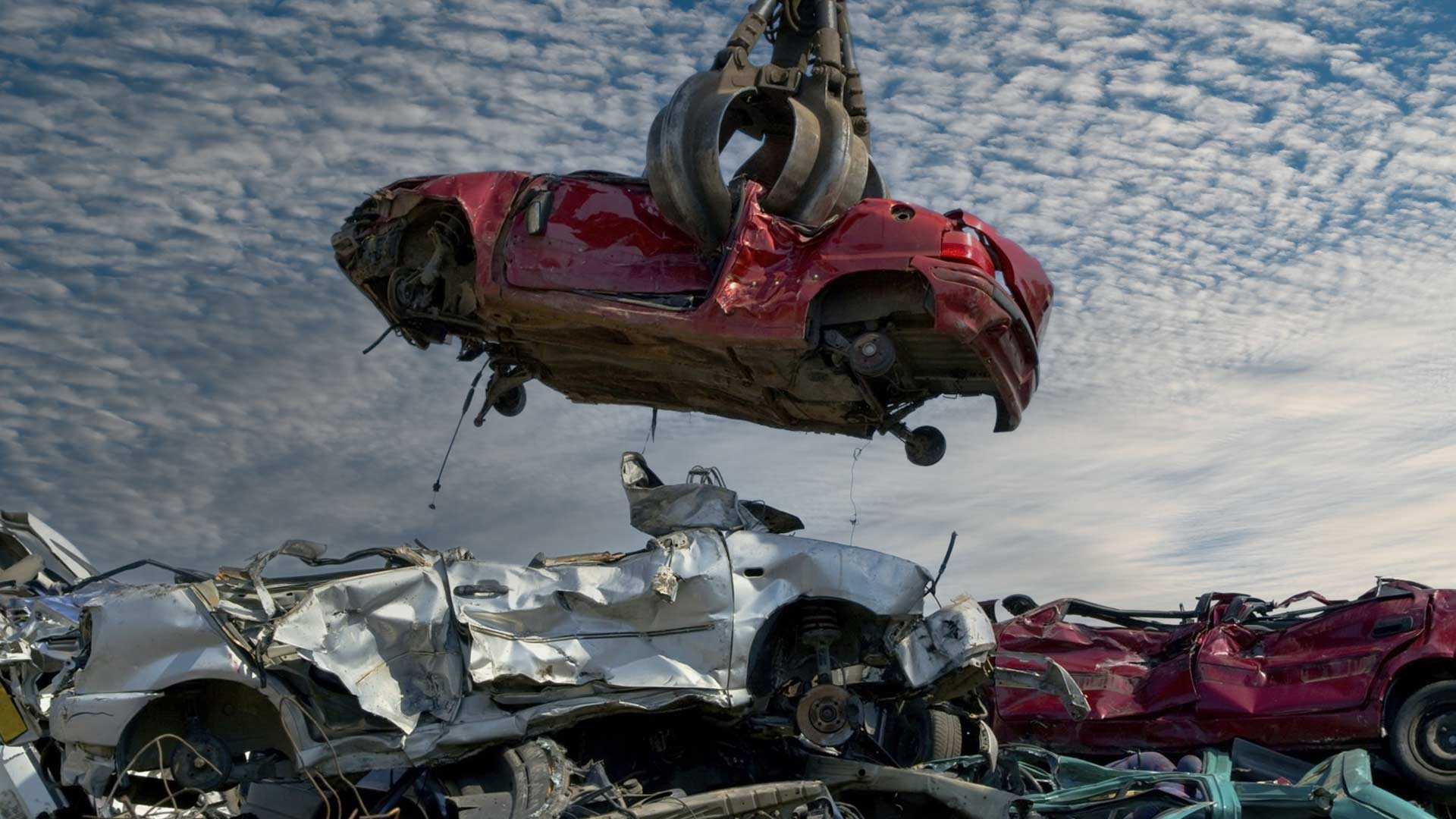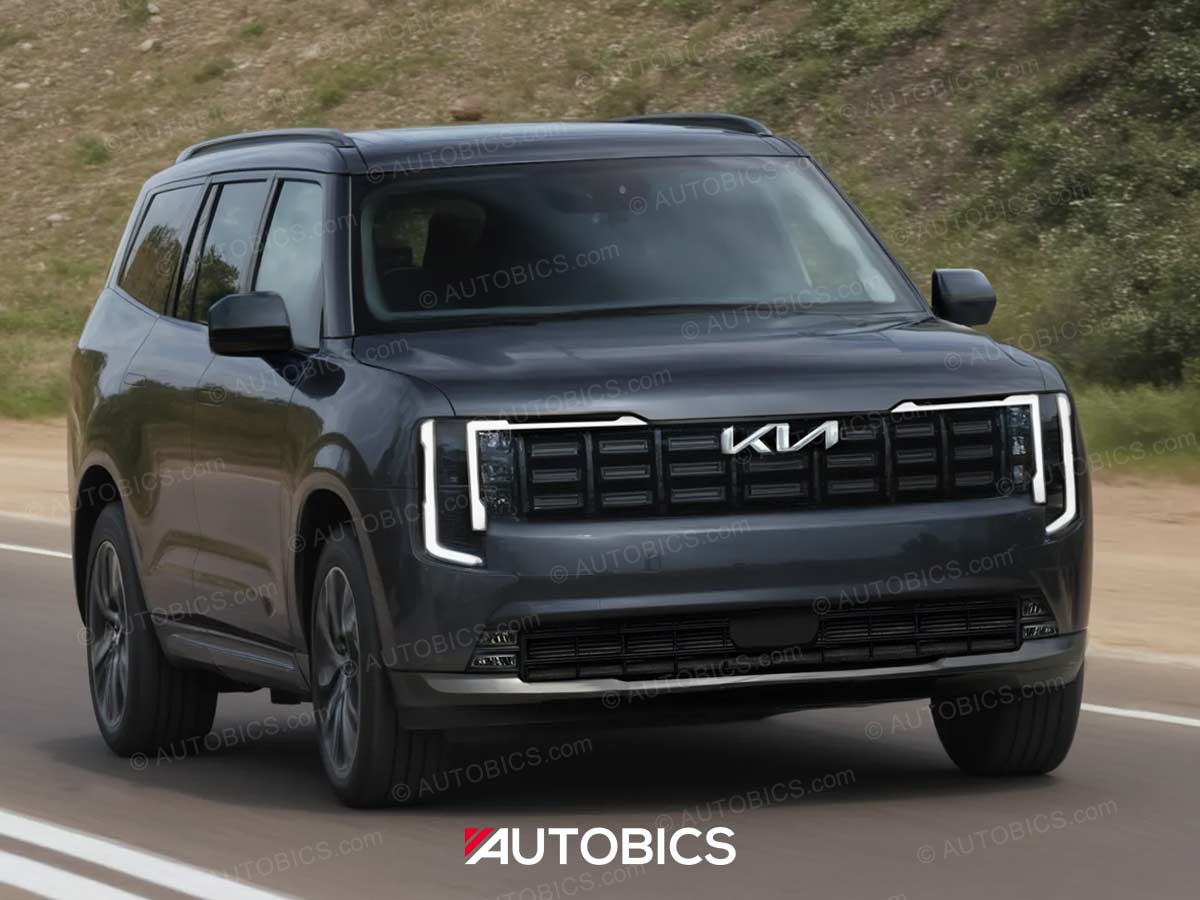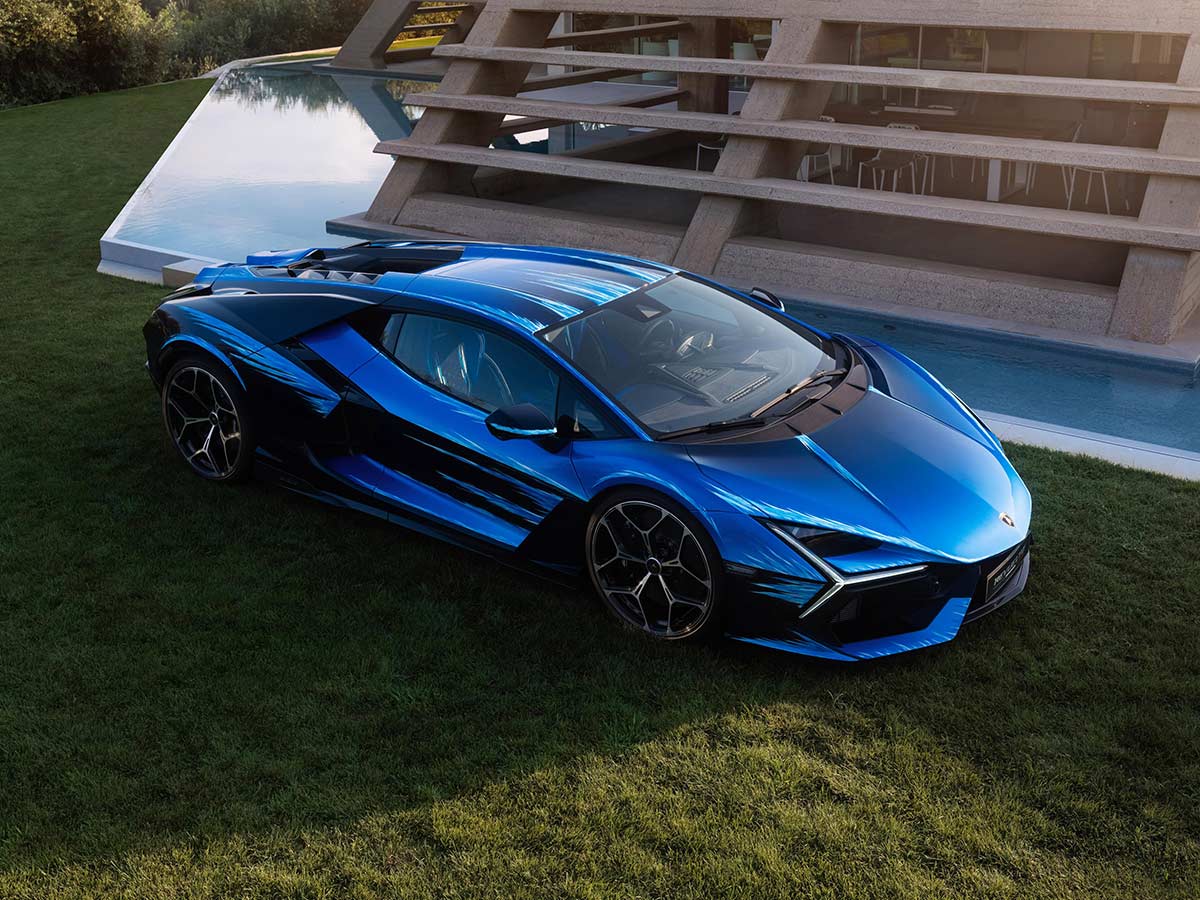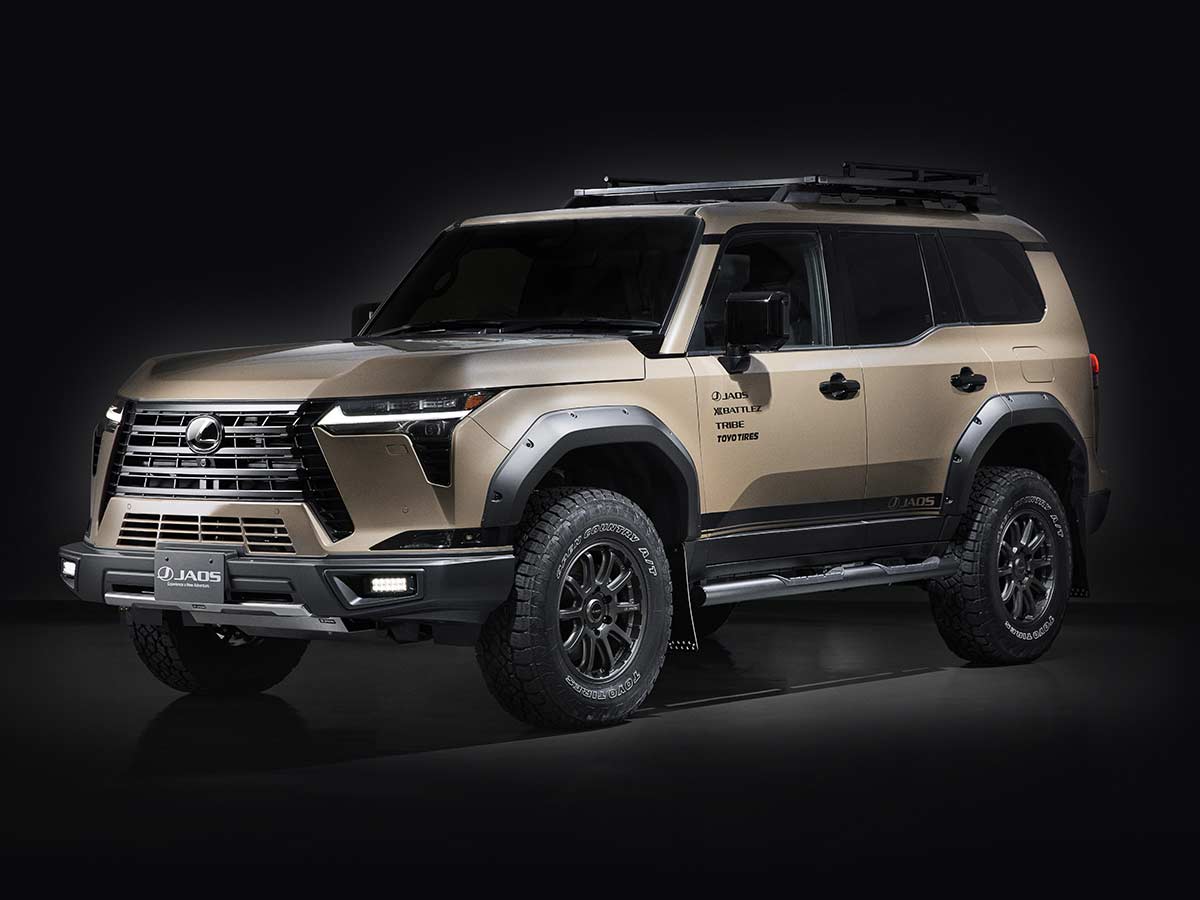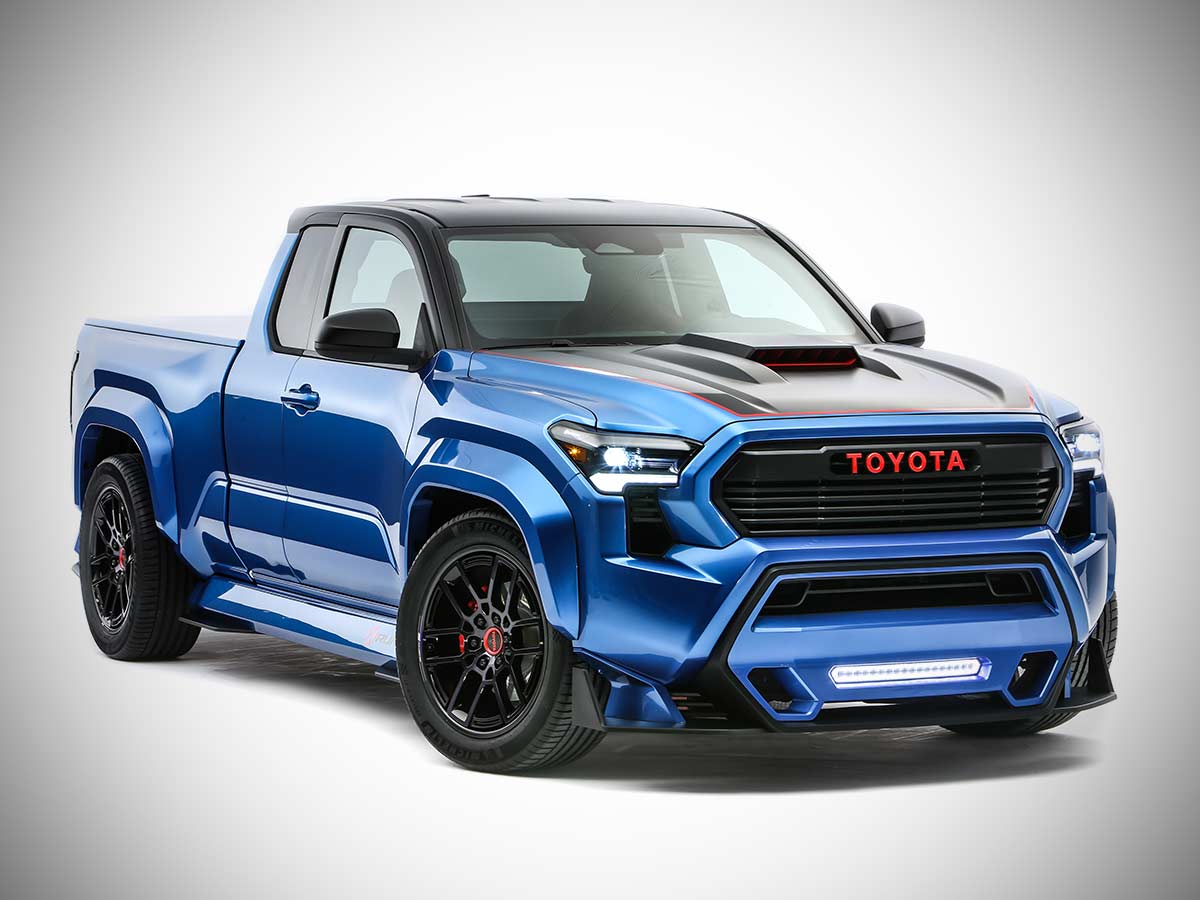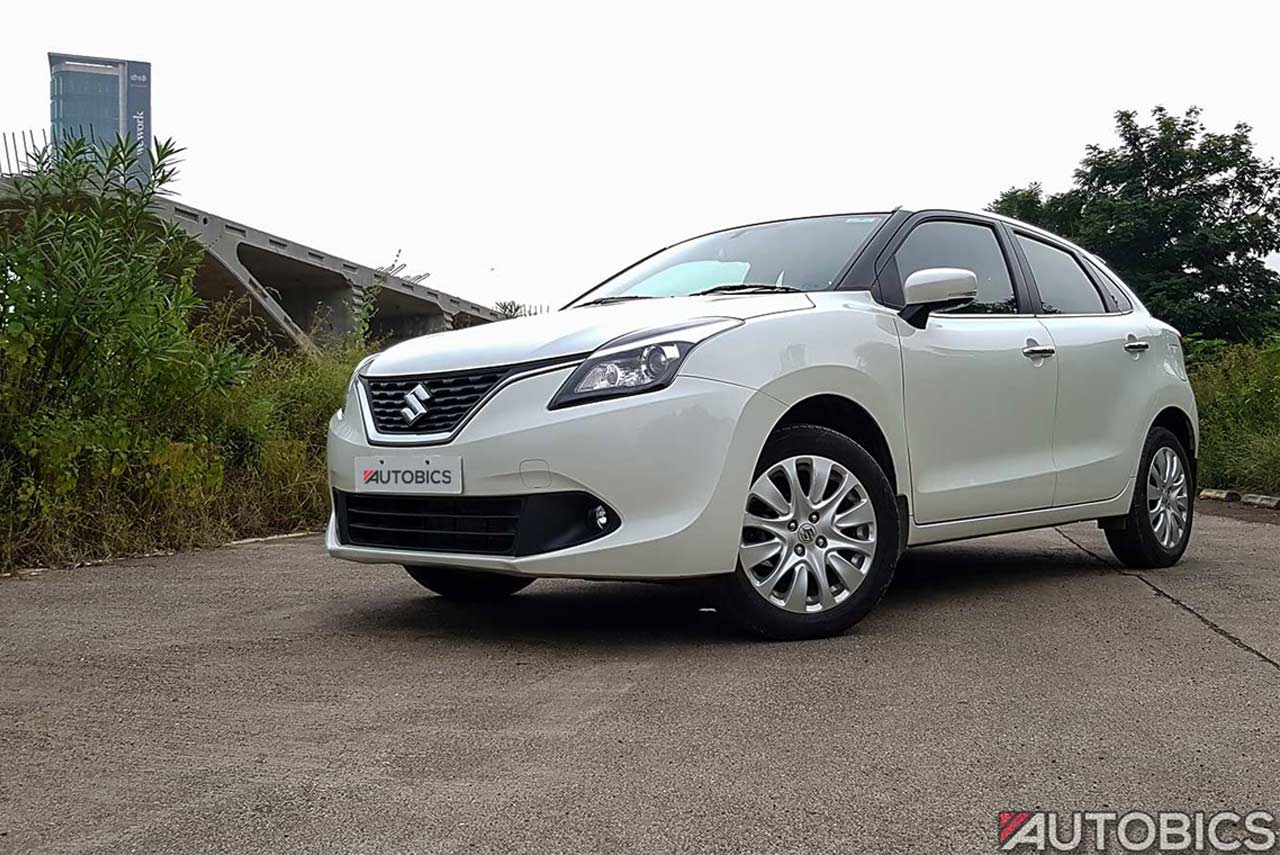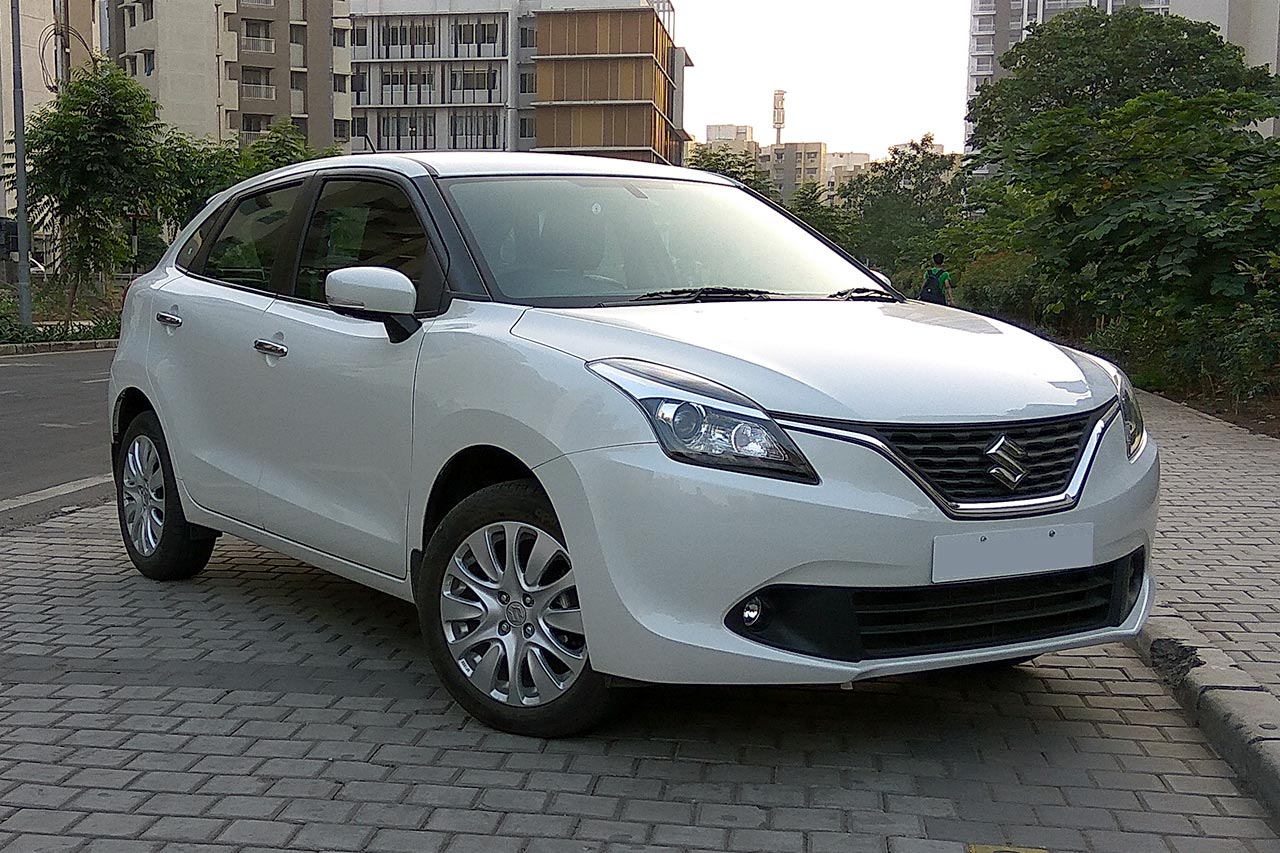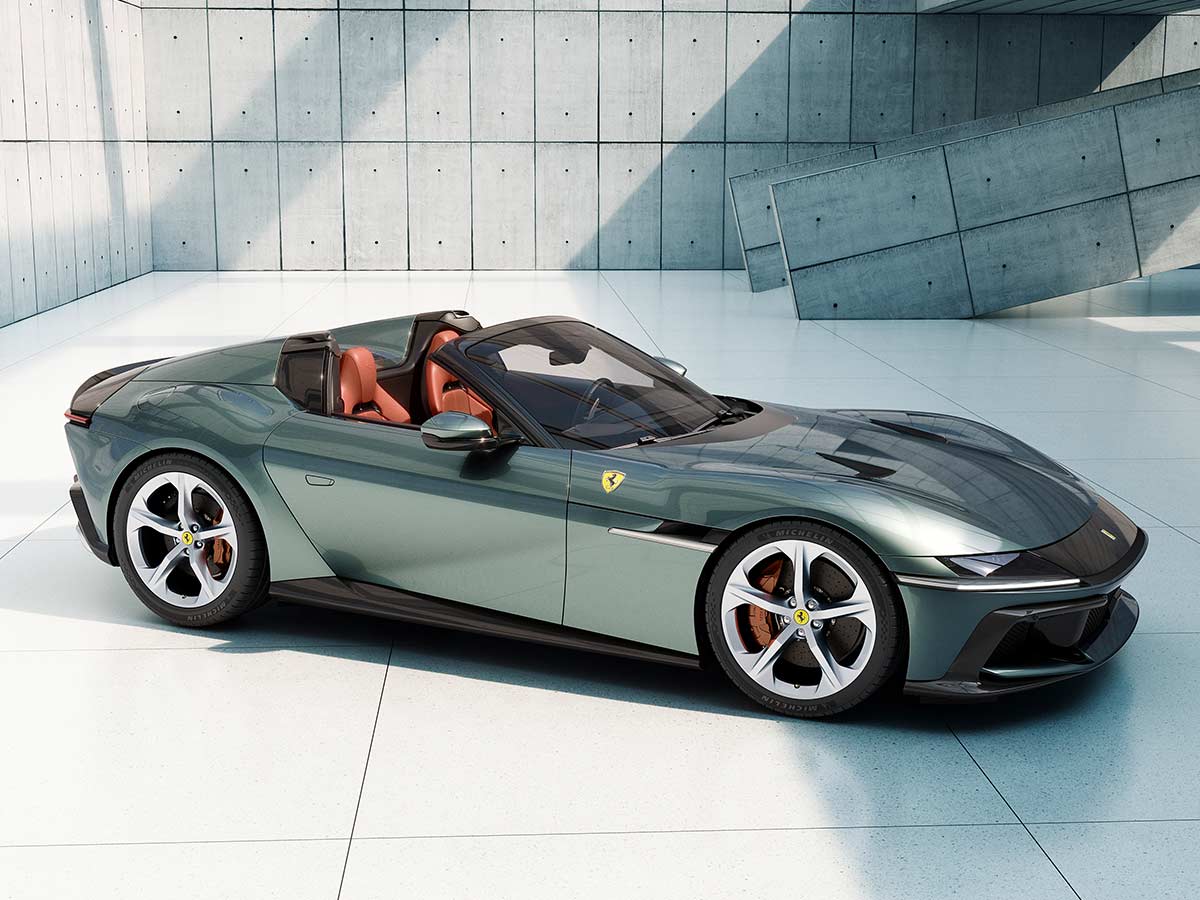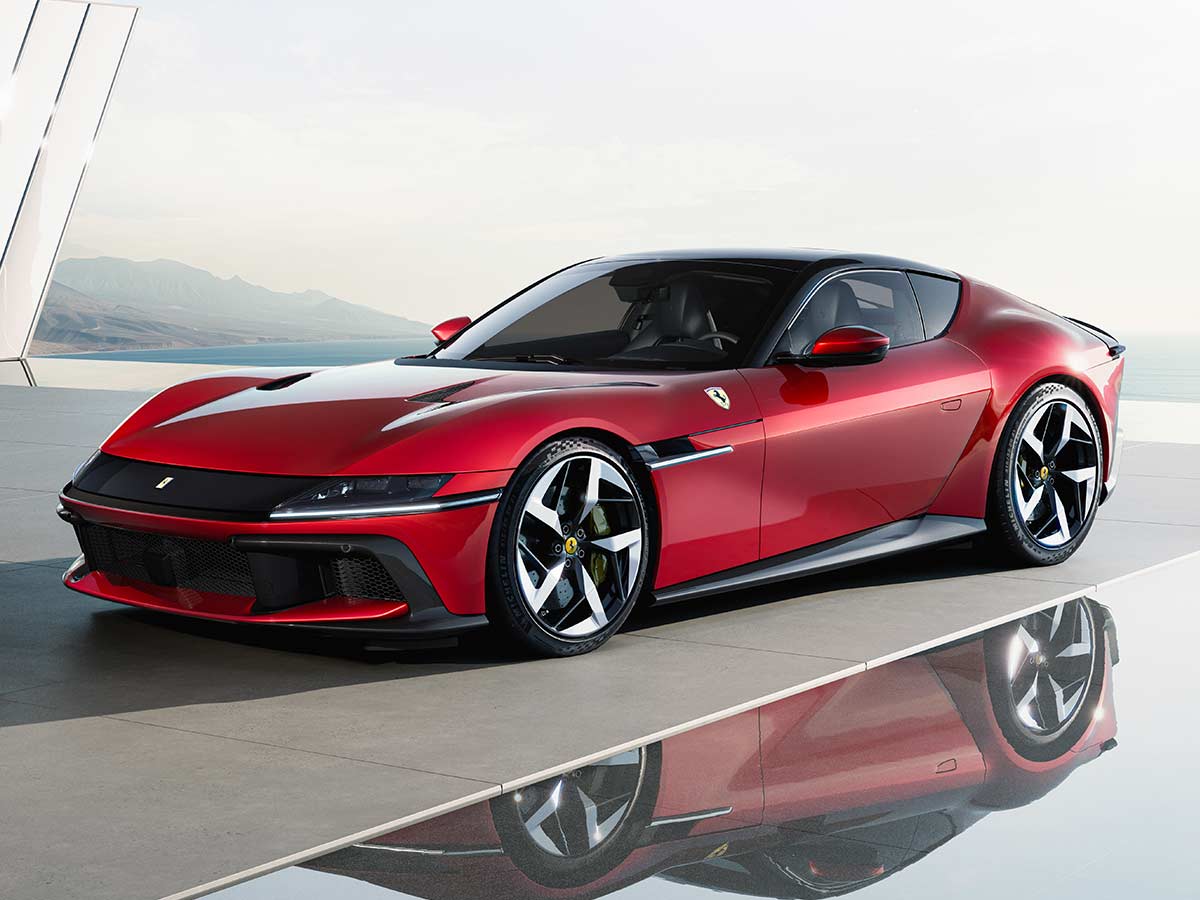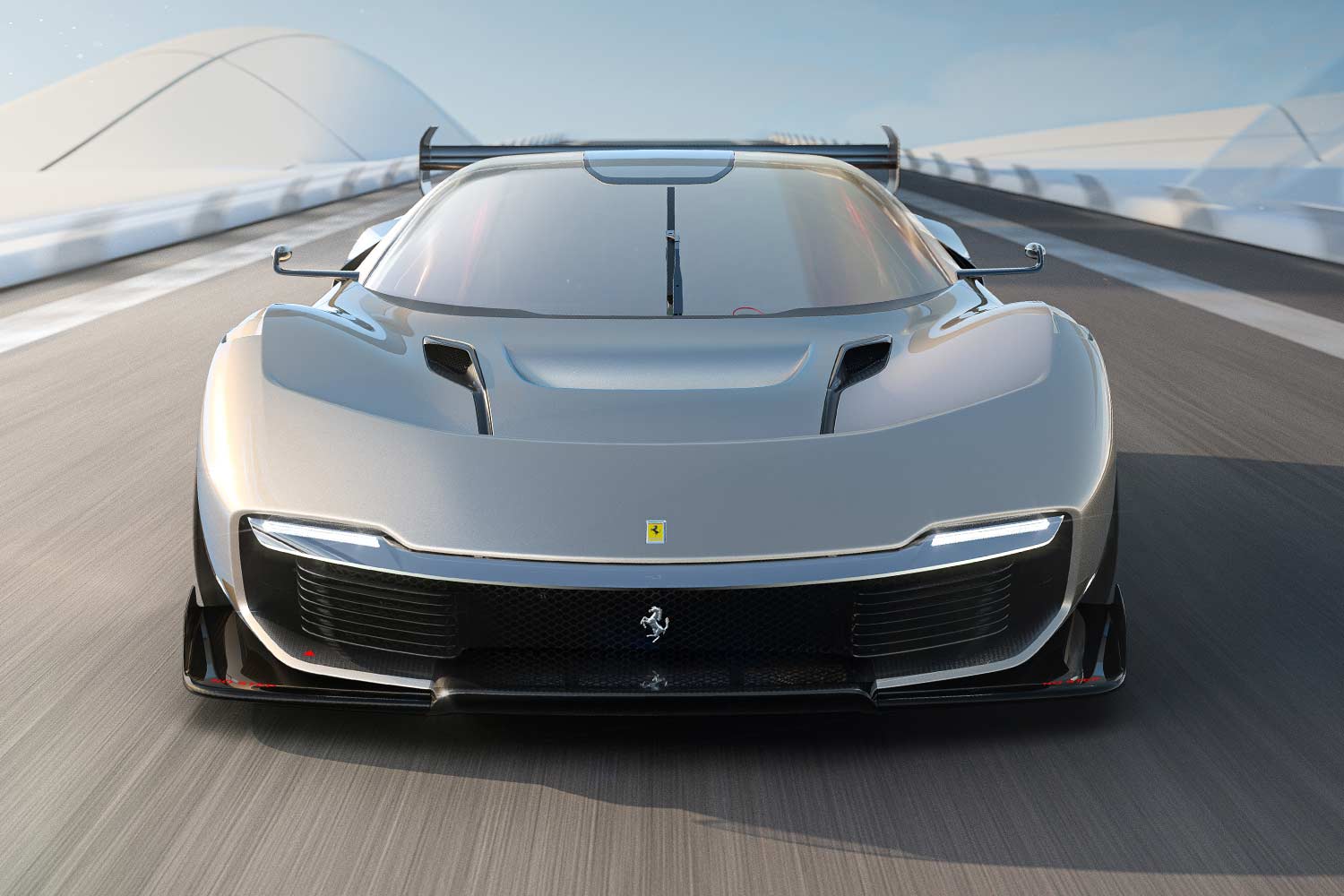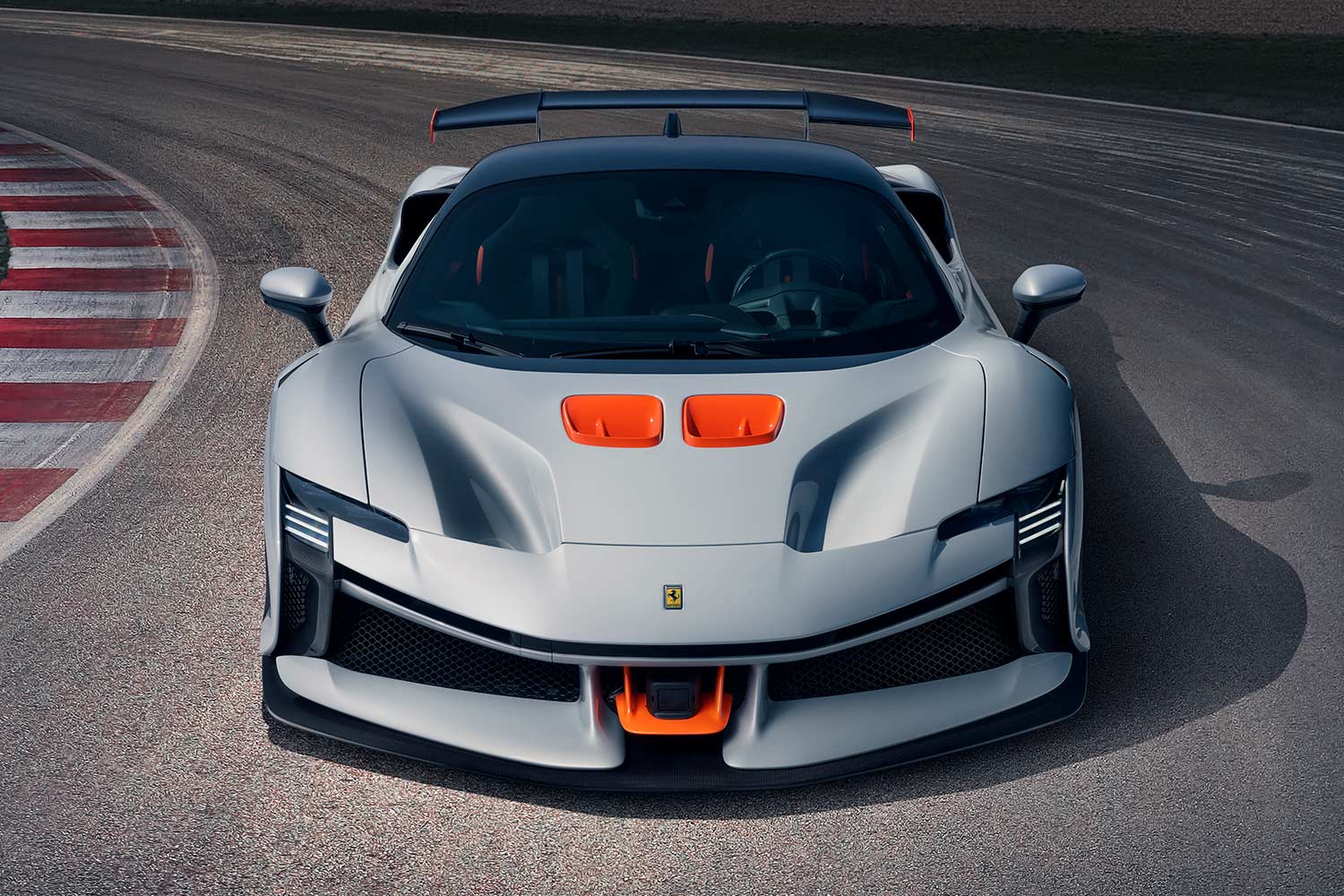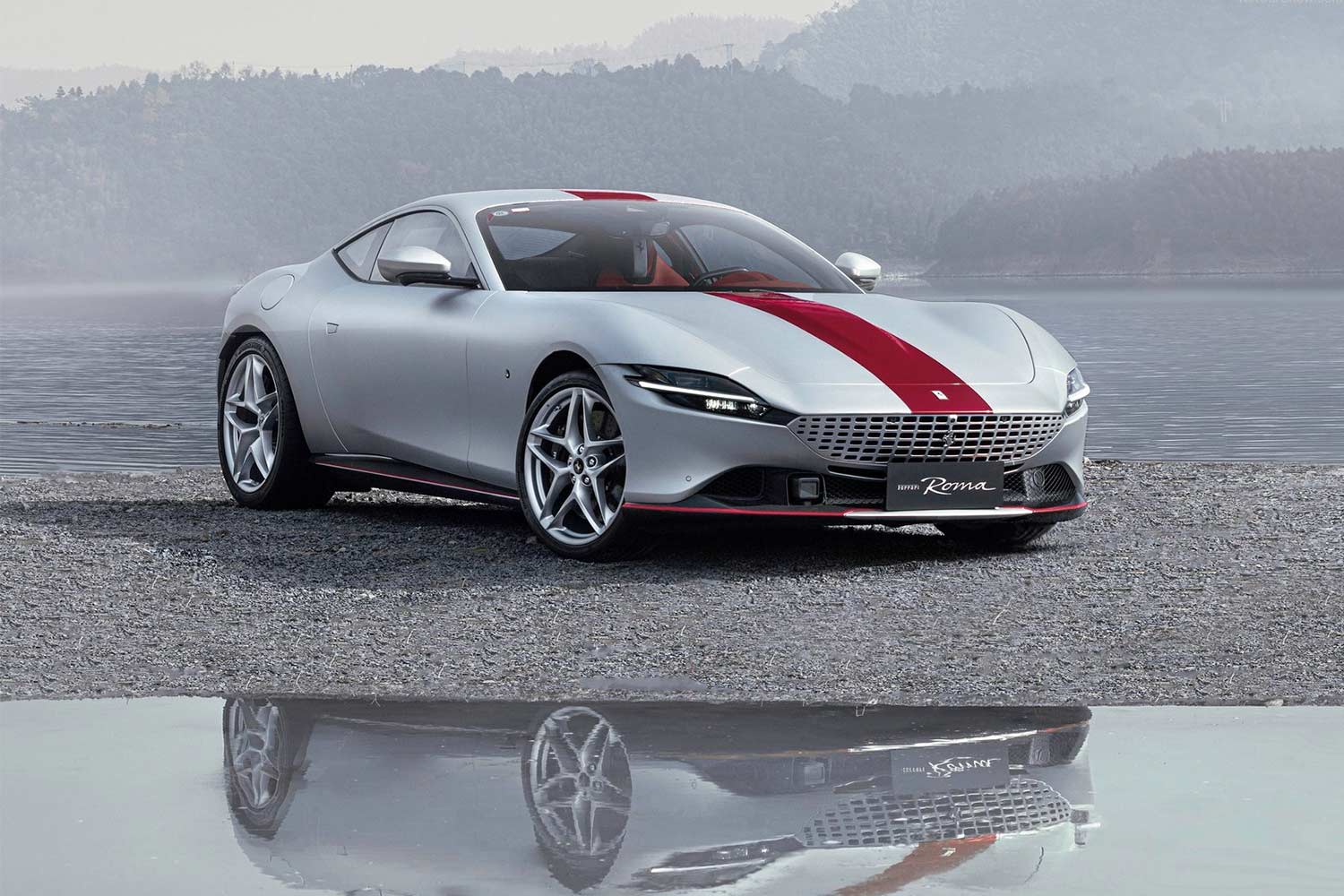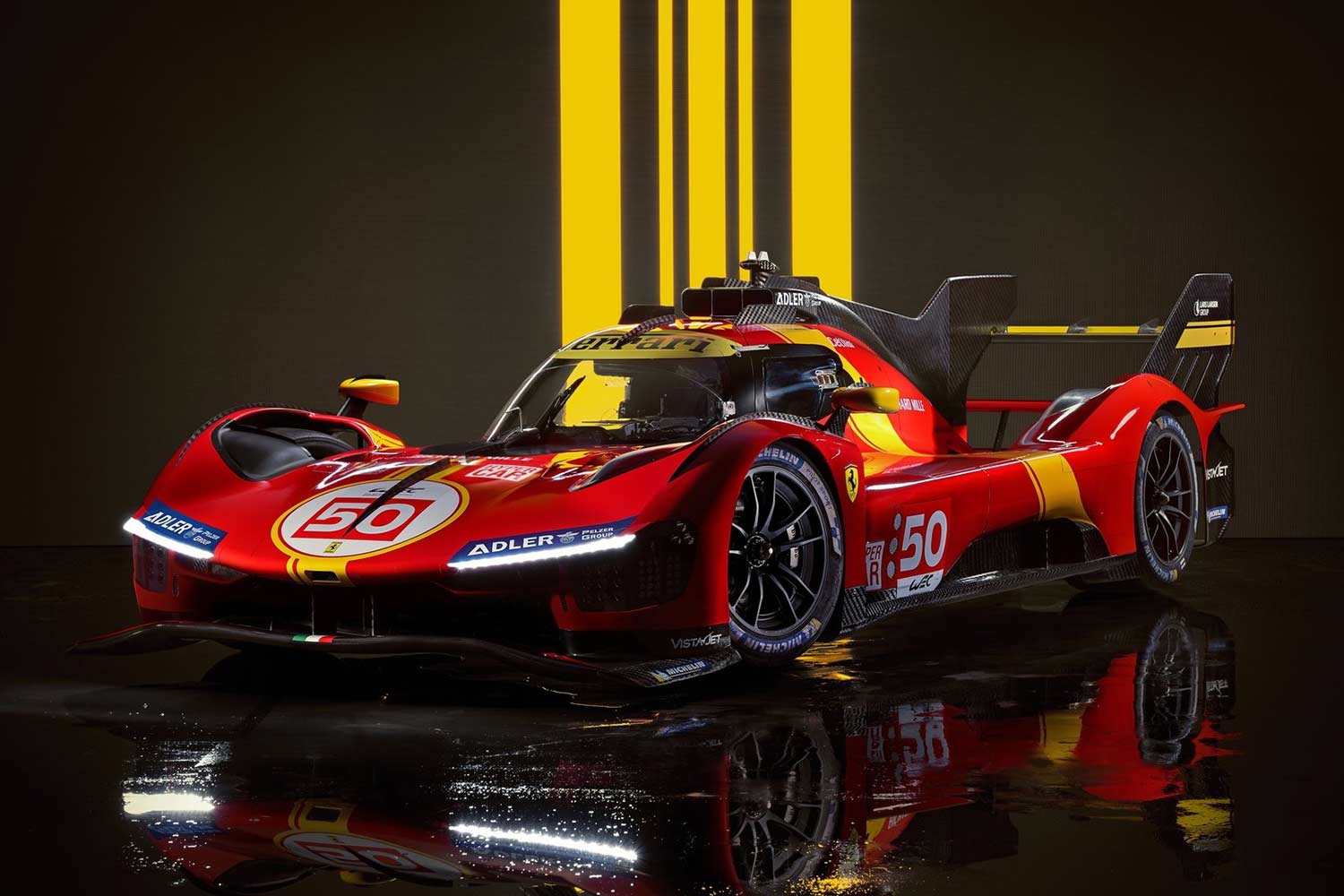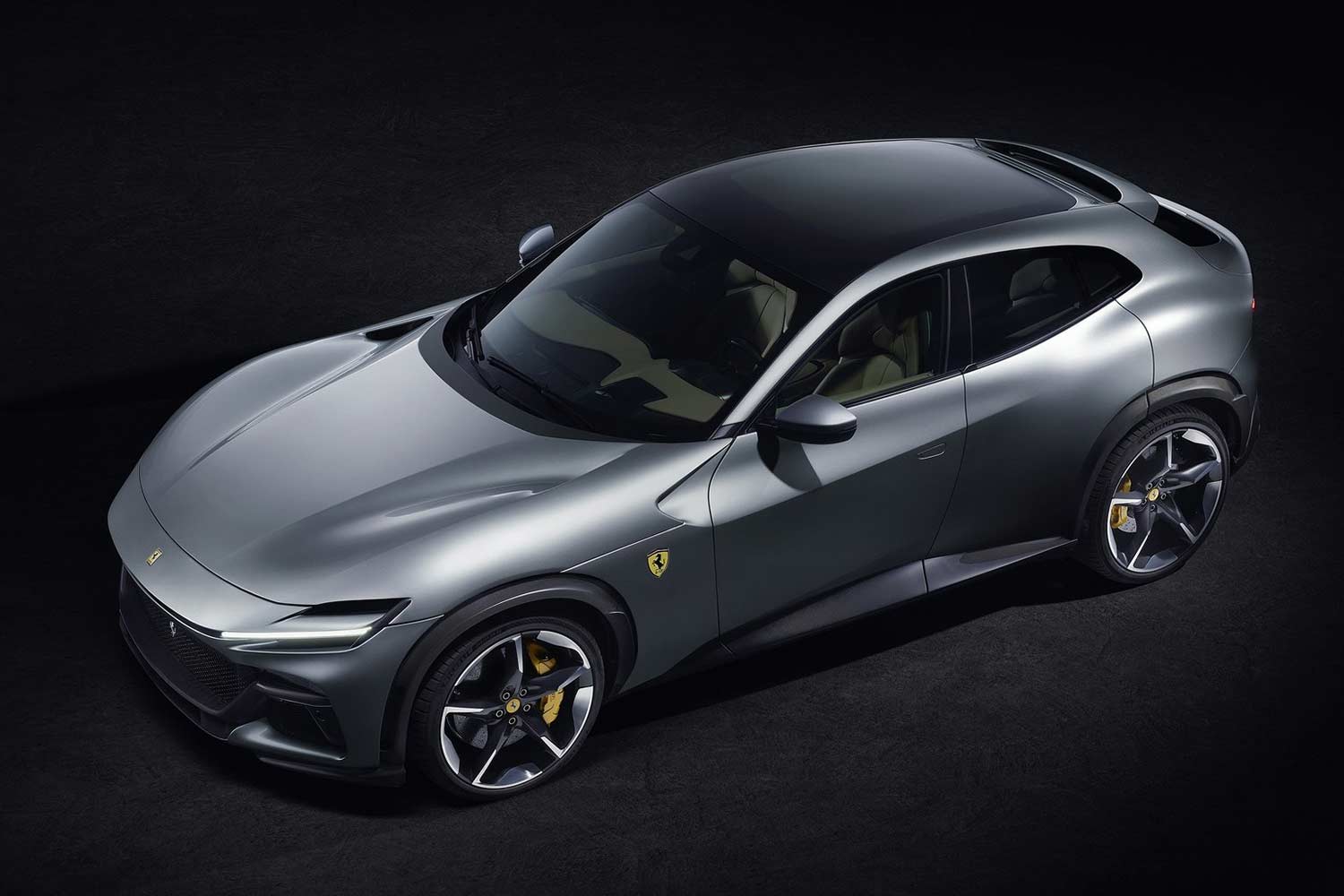Ferrari has once again raised the bar with its newest supercar, the Ferrari F80. This groundbreaking vehicle is set to join the pantheon of Ferrari legends, such as the 1984 GTO, the F40, and the 2016 LaFerrari Aperta. As Ferrari’s most powerful road car to date, the F80 represents an extreme evolution in the brand’s internal combustion engine technology while incorporating cutting-edge hybrid systems to deliver unprecedented levels of performance. With a combined power output of 1,200 horsepower, the F80 sets a new standard in supercar engineering, blending advanced aerodynamics, state-of-the-art hybrid powertrains, and design innovations to push the boundaries of what is possible in road-legal cars.
>>> Great Discounts on Car & Bike Accessories <<<
A New Icon in Ferrari’s Legacy
The F80 is more than just a car; it’s a showcase of Ferrari’s dedication to technological innovation and engineering excellence. Produced in a limited run of only 799 units, this exclusive vehicle is a continuation of Ferrari’s tradition of building iconic supercars that become legends in their own right. From the 1984 GTO to the 2016 LaFerrari Aperta, Ferrari’s supercars are released every few decades to represent the best of the best in automotive technology and performance.
Powertrain: The Heart of the Beast
At the heart of the Ferrari F80 lies a revolutionary V6-hybrid powertrain. This powertrain delivers a total of 1,200 horsepower, making it the most powerful road car ever to emerge from the Ferrari factory. The internal combustion engine alone, a three-liter 120° V6 F163CF, produces an astounding 900 hp. This engine boasts the highest specific power output of any Ferrari engine to date, delivering 300 cv/l. This already incredible output is further enhanced by Ferrari’s hybrid system, which adds an additional 300 hp to the vehicle’s total power.
Motorsport-Derived Technology
The F80’s engine is deeply rooted in Ferrari’s motorsport experience, specifically from the 499P endurance racing prototype, which has claimed two consecutive victories at the prestigious 24 Hours of Le Mans. The architecture, crankcase layout, and several components of the F80’s engine, including its timing system, oil pump, bearings, and GDI injectors, are derived from this racing pedigree.
Moreover, the F80 incorporates technology from Formula 1. The MGU-K and MGU-H systems in the hybrid powertrain borrow heavily from Ferrari’s F1 cars. The MGU-K motor provides supplementary power, while the MGU-H recaptures energy from exhaust gases, enhancing both performance and efficiency. For the first time in a Ferrari road car, electric turbo technology (e-turbo) is introduced, drastically improving response time and delivering instantaneous acceleration with no turbo lag, even at low engine speeds.
Advanced Engineering for Unmatched Performance
Every aspect of the engine has been pushed to the extreme, from the ignition and injection timing to the management of the variable-phase valve timing. The statistical knock control system, a first for a Ferrari road car, allows the engine to operate even closer to the knock limit, increasing combustion chamber pressures by 20% compared to the 296 GTB.
The e-turbos, driven by electric motors placed between the turbine and compressor, eliminate traditional turbo lag by providing immediate boost, even at low revs. This allows Ferrari engineers to maximize power output across the mid to high engine speed range. The 350-bar fuel injectors and revised cam profiles ensure optimal fluid dynamics and efficiency, while polished intake and exhaust runners further improve performance, allowing the engine to rev to 9,000 rpm with a dynamic limiter at 9,200 rpm.
The exhaust system, made from Inconel©, is designed for both performance and sound, emitting the distinctive roar of a Ferrari V6. The crankshaft is die-cast from steel and features hot-forged crankpins, while titanium connecting rods and optimized aluminum pistons reduce weight and enhance strength under high pressure and thermal loads.
Ferrari engineers even managed to lower the engine’s center of gravity by positioning it as close to the vehicle’s undertray as possible. This was achieved by tilting the engine-transmission unit by 1.3° and reducing the flywheel’s diameter, further lowering the car’s weight while improving torsional vibration filtering.

Hybrid Powertrain: Marrying Electric Power with Internal Combustion
The F80’s hybrid powertrain consists of three electric motors—two on the front axle and one at the rear—designed entirely in-house by Ferrari. These motors are optimized for maximum performance and minimal weight, employing advanced technology like the Halbach array for stronger magnetic fields and a carbon fiber rotor sleeve to raise motor speed to 30,000 rpm. The front axle motors enable torque vectoring, improving agility and control, while the rear motor supplements the V6 engine with an additional 70 kW of power during dynamic driving conditions.
The hybrid system uses an 800V high-voltage battery pack, providing a total energy capacity of 2.3 kWh. This battery, made from Formula 1-inspired lithium-cell chemistry and housed in a carbon-fiber monocoque casing, ensures high power density while maintaining a low center of gravity. The battery is charged during regenerative braking, and a DC/DC converter transforms the battery’s direct current into different voltages for various systems, including the e-turbos and active suspension.
Aerodynamics: Sculpted for Performance
Aerodynamics play a crucial role in the Ferrari F80, with the car generating an impressive 1,000 kg of downforce at 250 km/h. This is achieved through an intricate array of aerodynamic solutions, including an active rear wing, a rear diffuser, a flat underbody, and a triplane front wing. Inspired by Ferrari’s World Endurance Championship (WEC) cars, the F80’s aerodynamics ensure maximum performance on both road and track.
Innovative Front and Rear Design
The F80’s front end features an S-Duct with a triplane wing configuration inspired by the 499P, generating 460 kg of downforce at 250 km/h. The central volume of the nose functions as the main plane of the front wing, working in harmony with the S-Duct to generate a powerful upwash of air that increases downforce under the car. Additionally, active suspension adjusts the car’s height in real time, optimizing aerodynamic performance.
At the rear, the diffuser and active rear wing combine to generate 590 kg of downforce. The diffuser’s 1,800 mm length creates a low-pressure zone under the car, increasing airflow and downforce. The active rear wing dynamically adjusts its height and angle of attack to optimize downforce and drag based on driving conditions. In high-downforce mode, the wing generates over 180 kg of downforce during braking and cornering, while in low-drag mode, it reduces lift and drag to boost top speed.
Advanced Heat Management
Managing the immense heat generated by the F80’s powertrain is no small feat. Ferrari engineers designed a comprehensive cooling system, incorporating multiple radiators positioned strategically to ensure maximum airflow. At the front, two condensers and three high-temperature radiators cool the V6 engine and battery. Hot air is vented in ways that minimize disruption to the car’s aerodynamics.
One of the most innovative heat management features is the use of the hollow front chassis longerons as ducts to channel cooling air to the brake system. This patented solution increases airflow by 20%, significantly improving brake cooling without compromising the car’s aerodynamic efficiency.
Vehicle Dynamics: Precision Control on Road and Track
The Ferrari F80 is equipped with the most advanced vehicle dynamics technologies available. Its active suspension system, powered by four 48V electric motors, features inboard dampers and upper wishbones created using 3D printing technology. This setup eliminates the need for an anti-roll bar, reducing unsprung mass and improving control.
The Side Slip Control (SSC 9.0) system, now with the Ferrari Integrated Vehicle Estimator (FIVE) function, uses real-time sensor data to create a “digital twin” of the car’s behavior. This allows for more precise control of traction, stability, and cornering, improving overall performance. The eManettino driving modes—Hybrid, Performance, and Qualify—offer tailored experiences depending on whether the driver is on the road or track.
Boost Optimization: Ferrari’s Game-Changing Innovation
The F80 also introduces a world-first with its Boost Optimization feature, which enhances performance by automatically delivering extra power where it is needed most on the track. After a reconnaissance lap, the system records the track’s straights and curves, then optimizes power delivery during subsequent laps. Whether in Performance or Qualify mode, Boost Optimization ensures that drivers extract the maximum potential from the F80.
Chassis and Bodyshell: Built for Performance
The Ferrari F80’s chassis combines carbon fiber and aluminum for maximum strength and minimal weight. The carbon-fiber tub and roof, fabricated using dual tubular bladder technology, offer excellent protection and stiffness, while the aluminum subframes are designed to carry the battery and impact-absorbing elements. This combination of materials results in a chassis that is 50% stiffer than that of the LaFerrari, while also being lighter.
The bodyshell is constructed from pre-preg carbon fiber cured in an autoclave, a process derived from Formula 1. The F80 features butterfly doors with dual-axis hinges, allowing them to open almost 90°. The doors also serve a structural role, absorbing dynamic loads during lateral impacts.
Exterior Design: Aerospace-Inspired Aesthetics
The F80’s exterior is a masterpiece of design, merging Ferrari’s rich heritage with futuristic elements. Headed by Flavio Manzoni, the Ferrari Styling Centre aimed to create a car that looks as fast as it drives. The cabin is a floating structure, with a roofline 50 mm lower than that of the LaFerrari, giving the car a more compact and aggressive profile. The design draws heavily on aerospace elements, resulting in a vehicle that looks as if it belongs on the track as much as it does on the road.
The car’s lower body is finished in exposed carbon fiber, while the upper section is body-colored. This contrast accentuates the F80’s muscular design and reveals its technical underpinnings. The headlights are concealed in a black visor, giving the front end a clean, modern appearance, while the short tail and deployable rear wing add dynamism to the car’s profile.
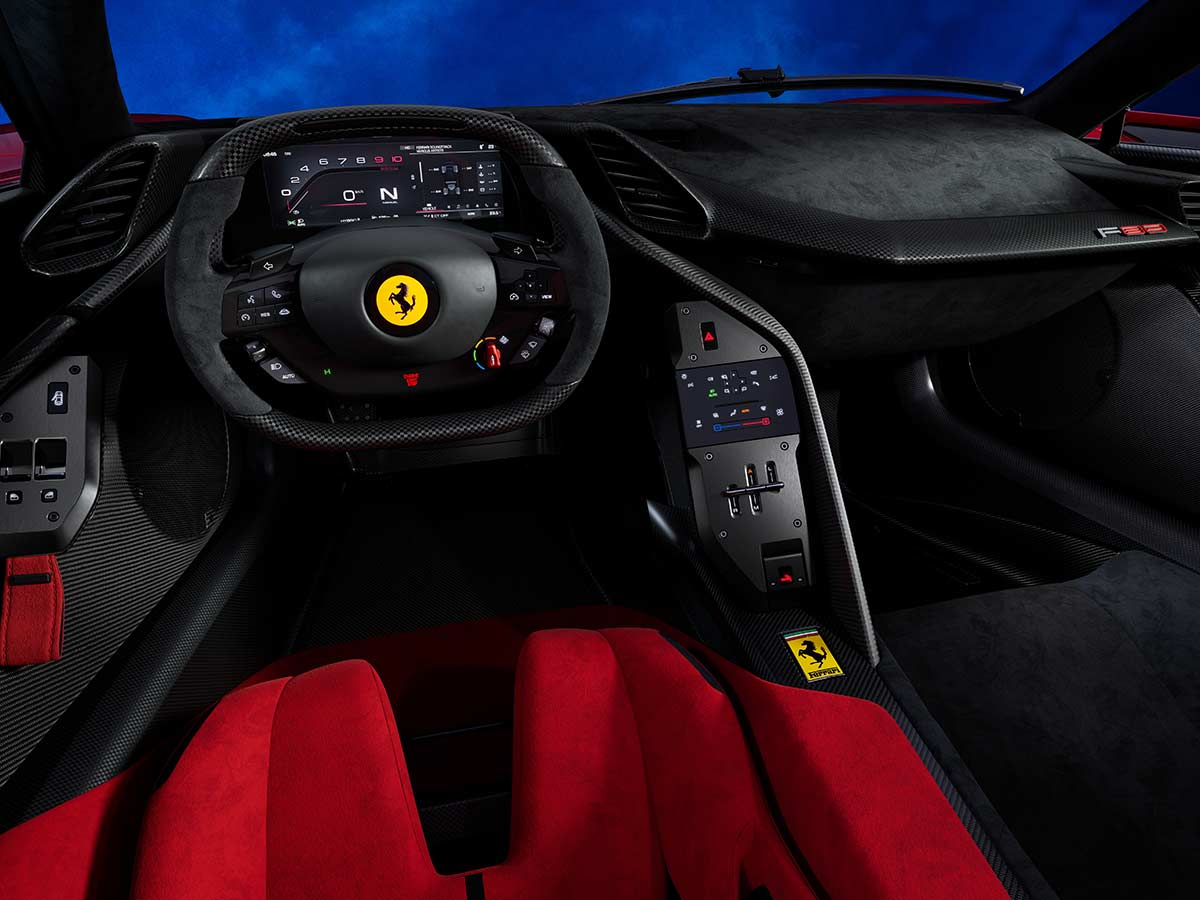
Interior Design: Driver-Focused Luxury
Inside the F80, the cockpit is designed with a “1+” layout, giving the driver a single-seater feel while offering space for a passenger. The driver-centric design is ergonomic, with all controls oriented toward the driver, creating a cocoon-like experience. The passenger seat is positioned slightly behind the driver’s, reducing cabin width and improving aerodynamics without sacrificing comfort.
The new steering wheel, specifically developed for the F80, features a compact design with flattened rims for improved visibility and a better grip. Physical buttons on the steering wheel ensure intuitive control, replacing Ferrari’s recent reliance on touch-sensitive interfaces.
Maintenance: 7-Year Peace of Mind
Ferrari offers the F80 with a 7-year maintenance program, covering all regular service intervals. This program ensures that every F80 remains in peak condition, allowing owners to enjoy their car’s performance for years to come. The maintenance package includes genuine Ferrari parts and service by technicians trained at Maranello, reinforcing Ferrari’s commitment to customer satisfaction.
The Ferrari F80 Sets a New Standard
The Ferrari F80 is more than just a supercar—it is the embodiment of Ferrari’s vision for the future of high-performance automobiles. With its blend of a high-revving V6 engine, sophisticated hybrid system, advanced aerodynamics, and driver-centric design, the F80 is poised to become a modern legend in the world of supercars. Every detail, from its e-turbo technology to its advanced cooling systems, has been meticulously engineered to deliver a driving experience that is as thrilling as it is refined. For those lucky enough to own one of the 799 units, the Ferrari F80 represents not just a new chapter in Ferrari’s storied history, but the promise of unparalleled automotive excellence.
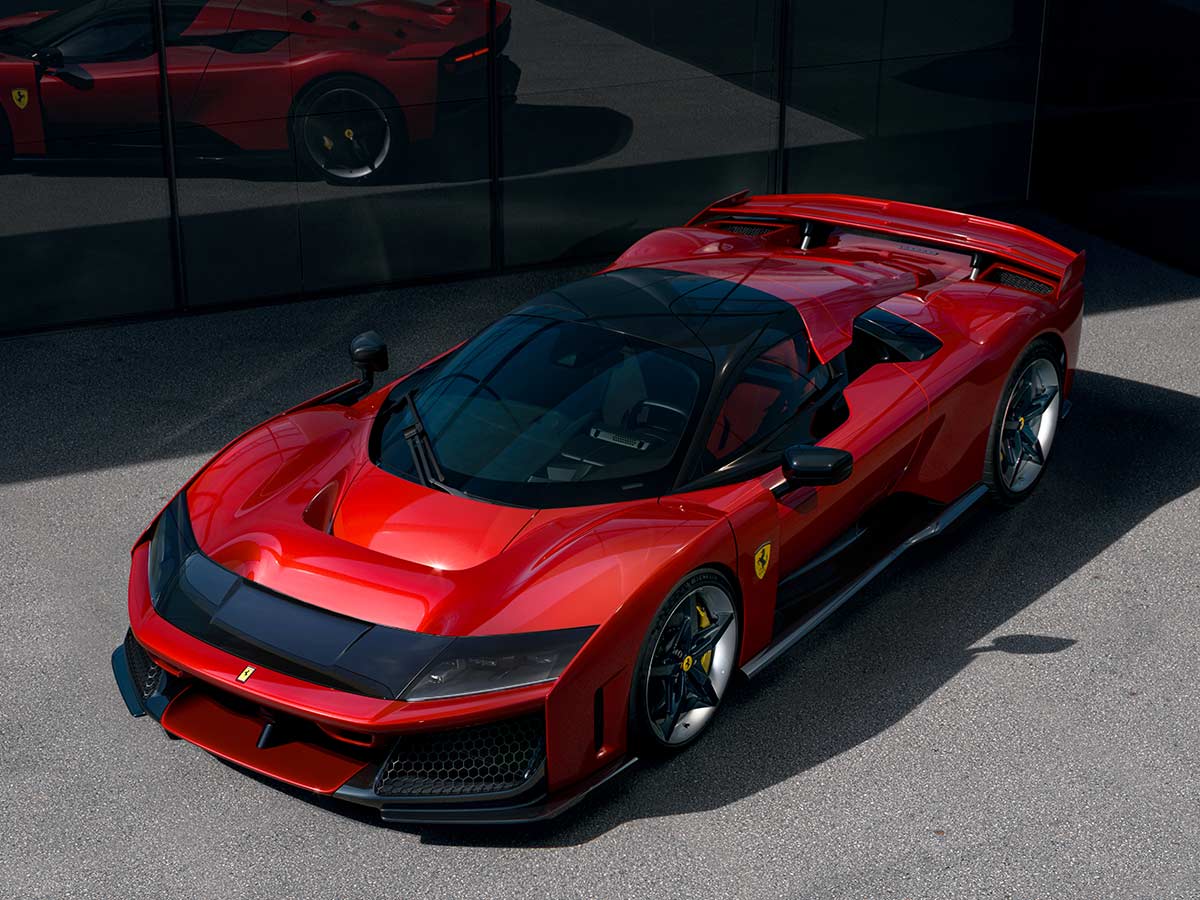
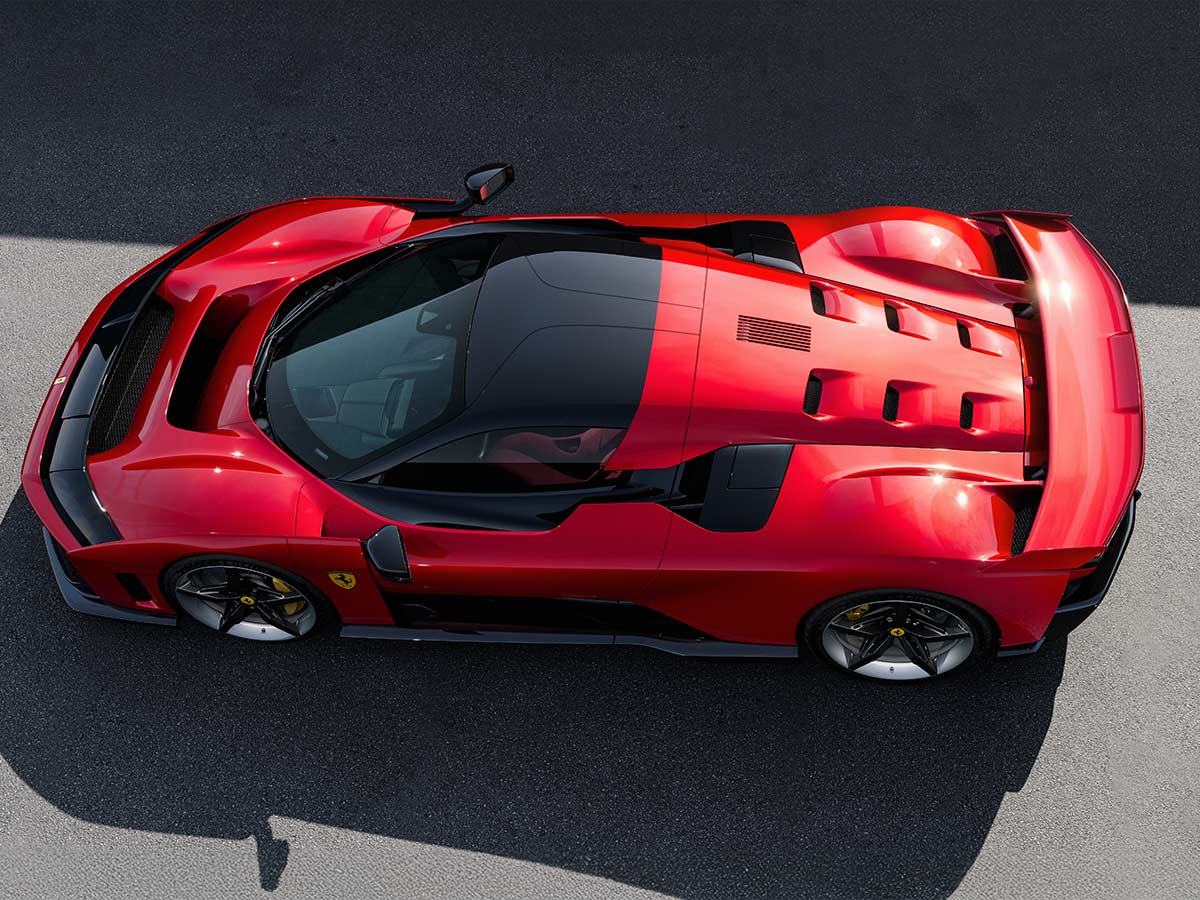

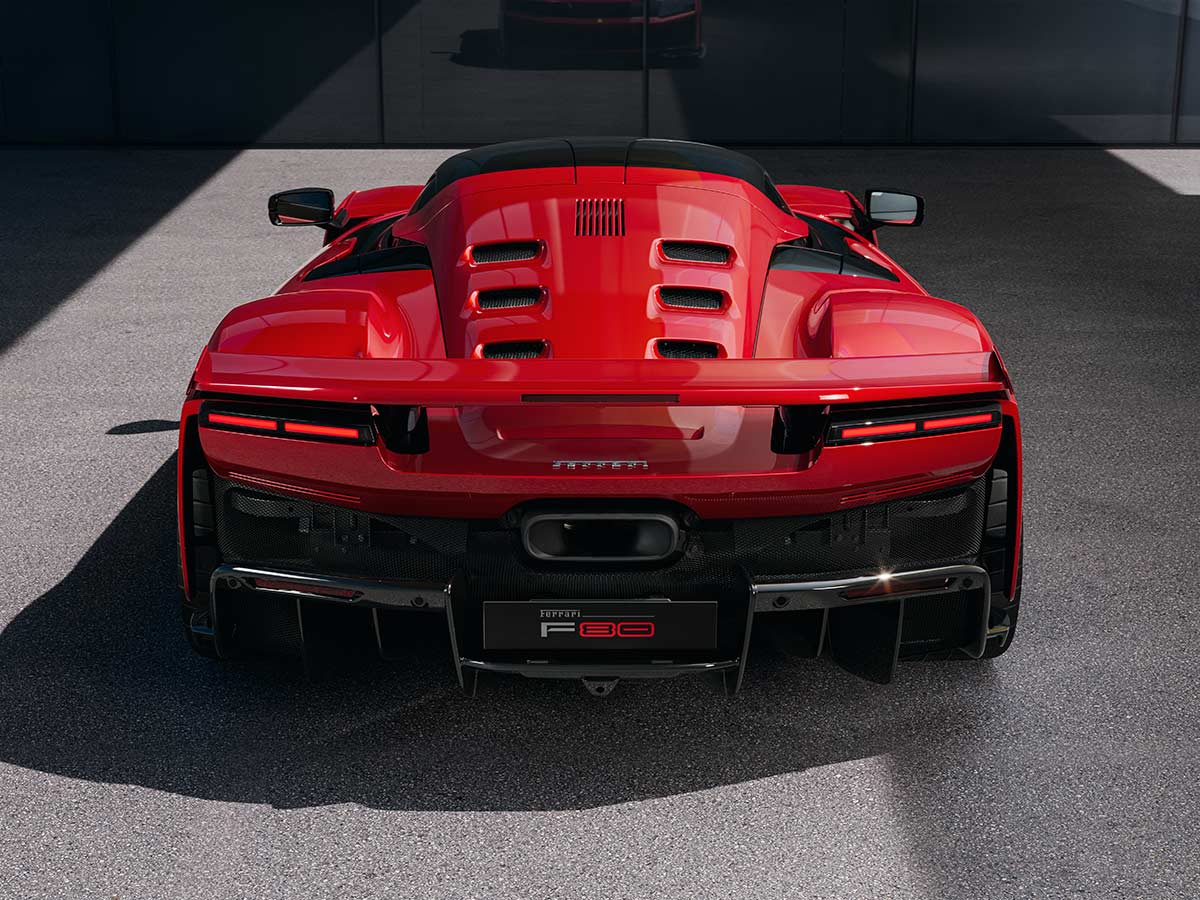
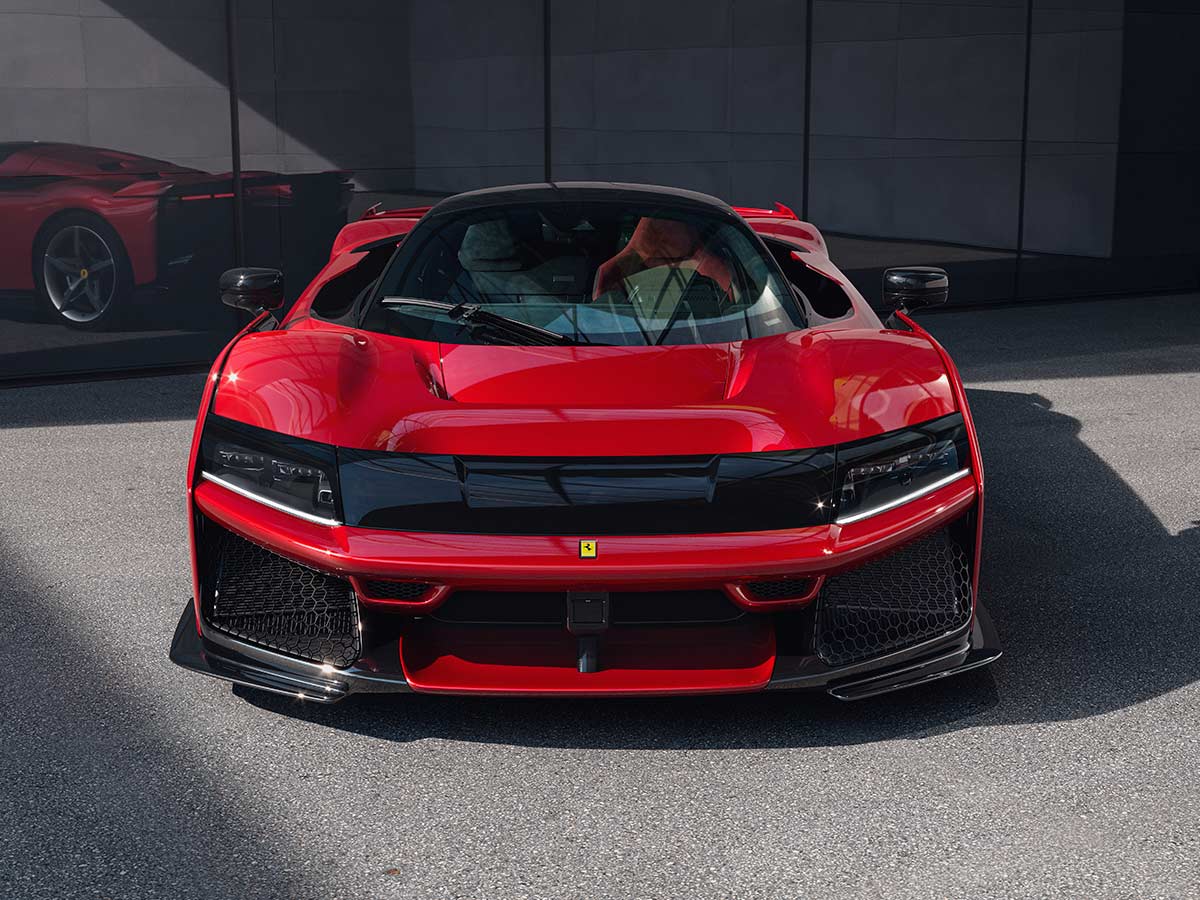
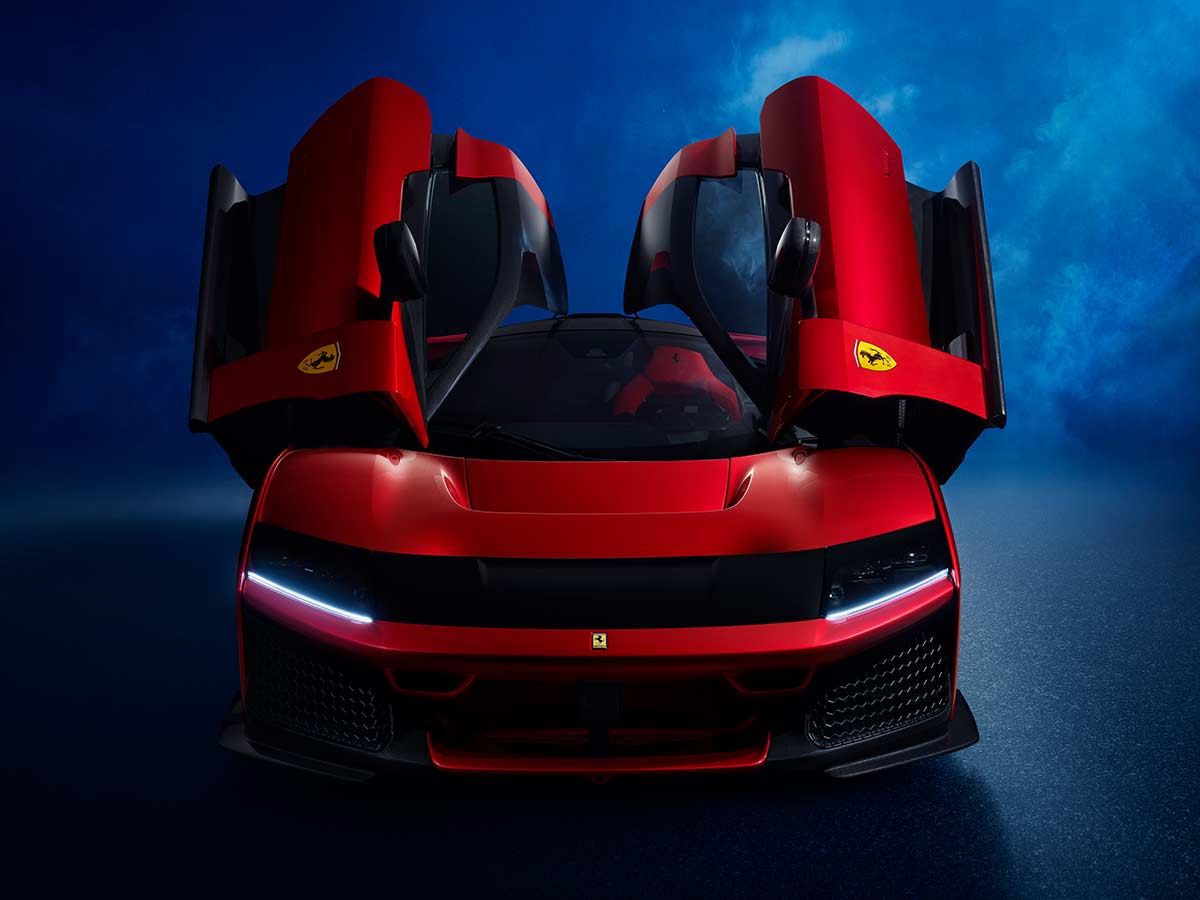
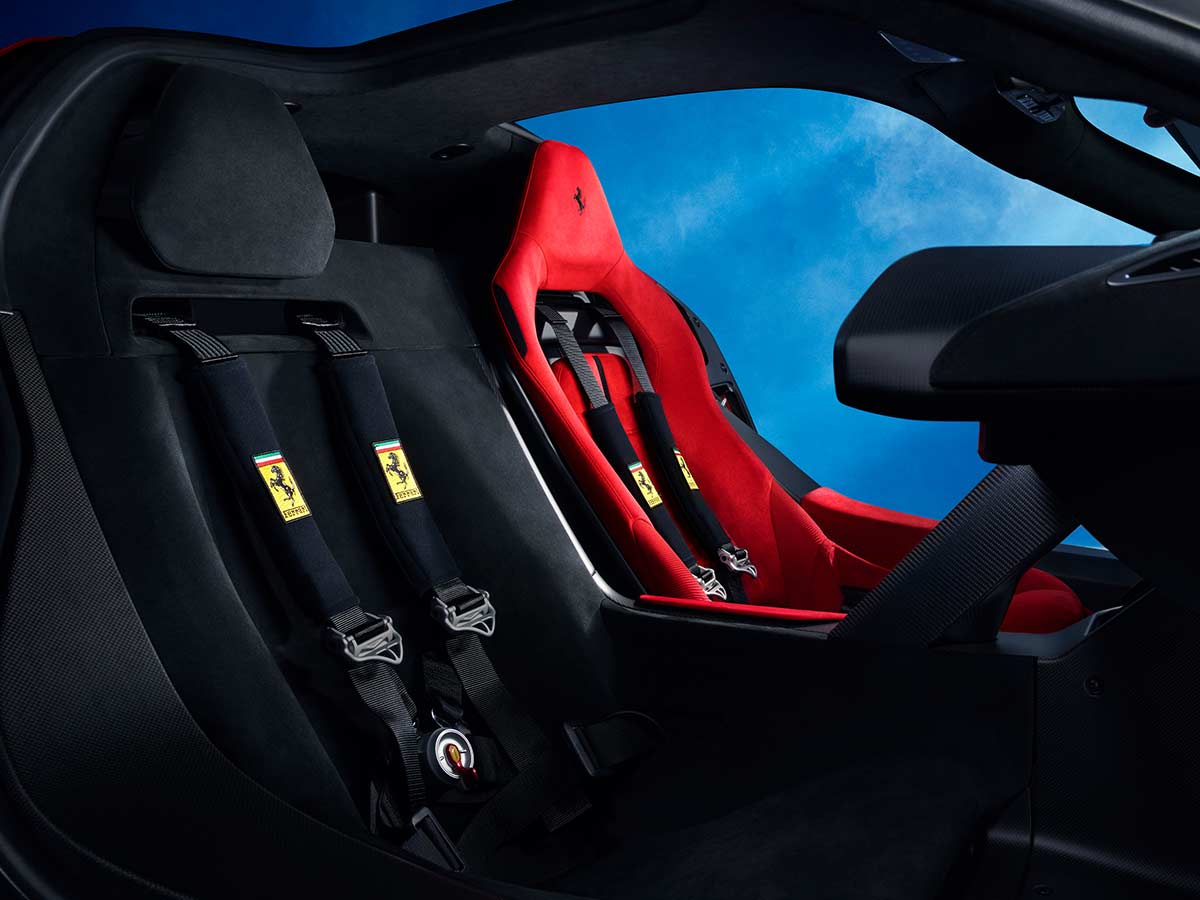
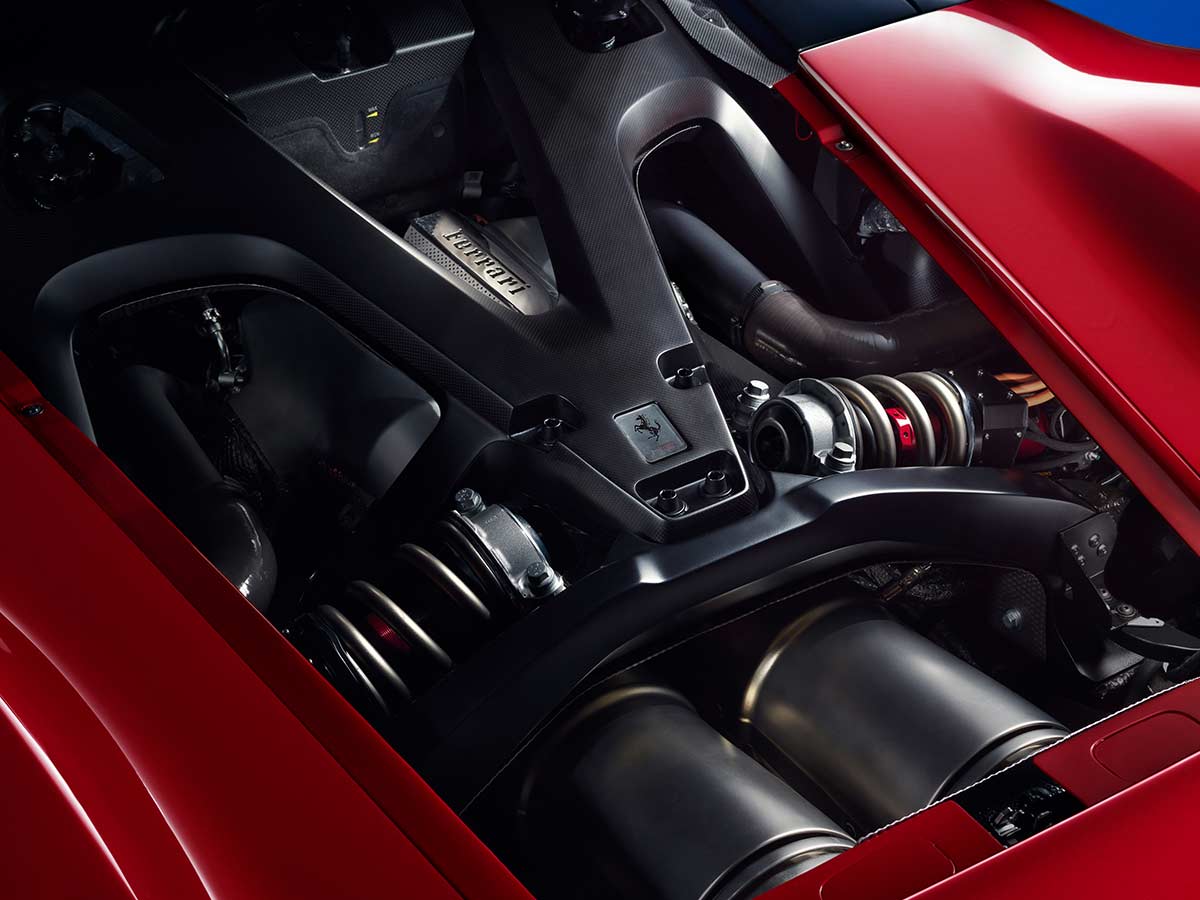
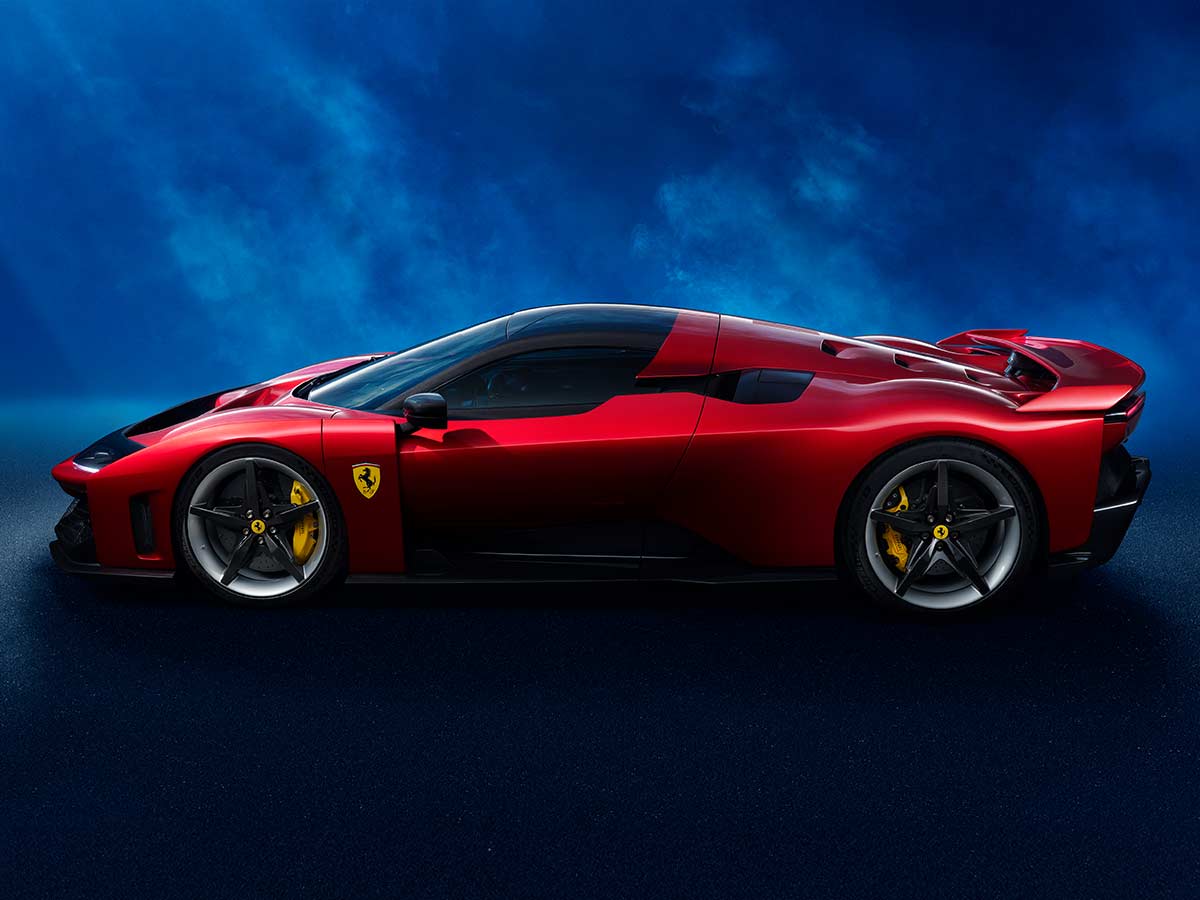
Source: Ferrari
